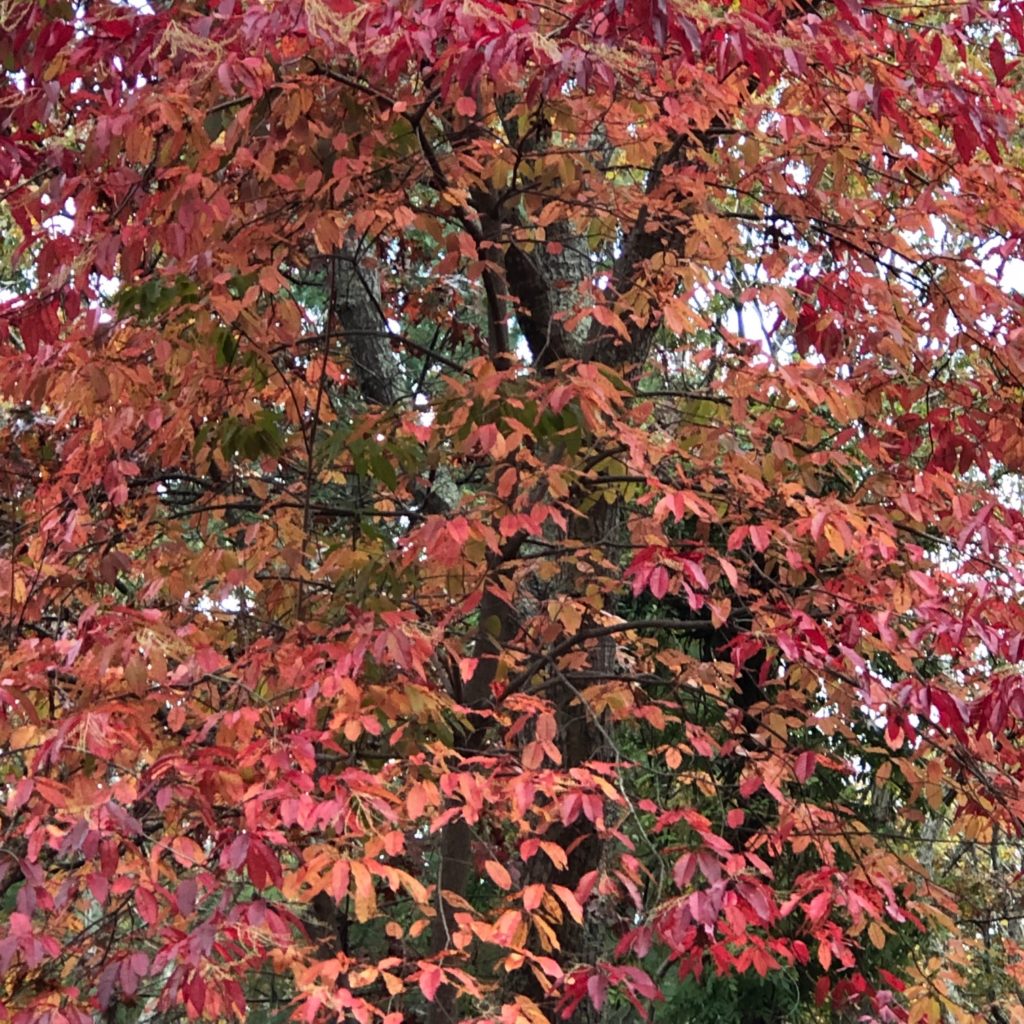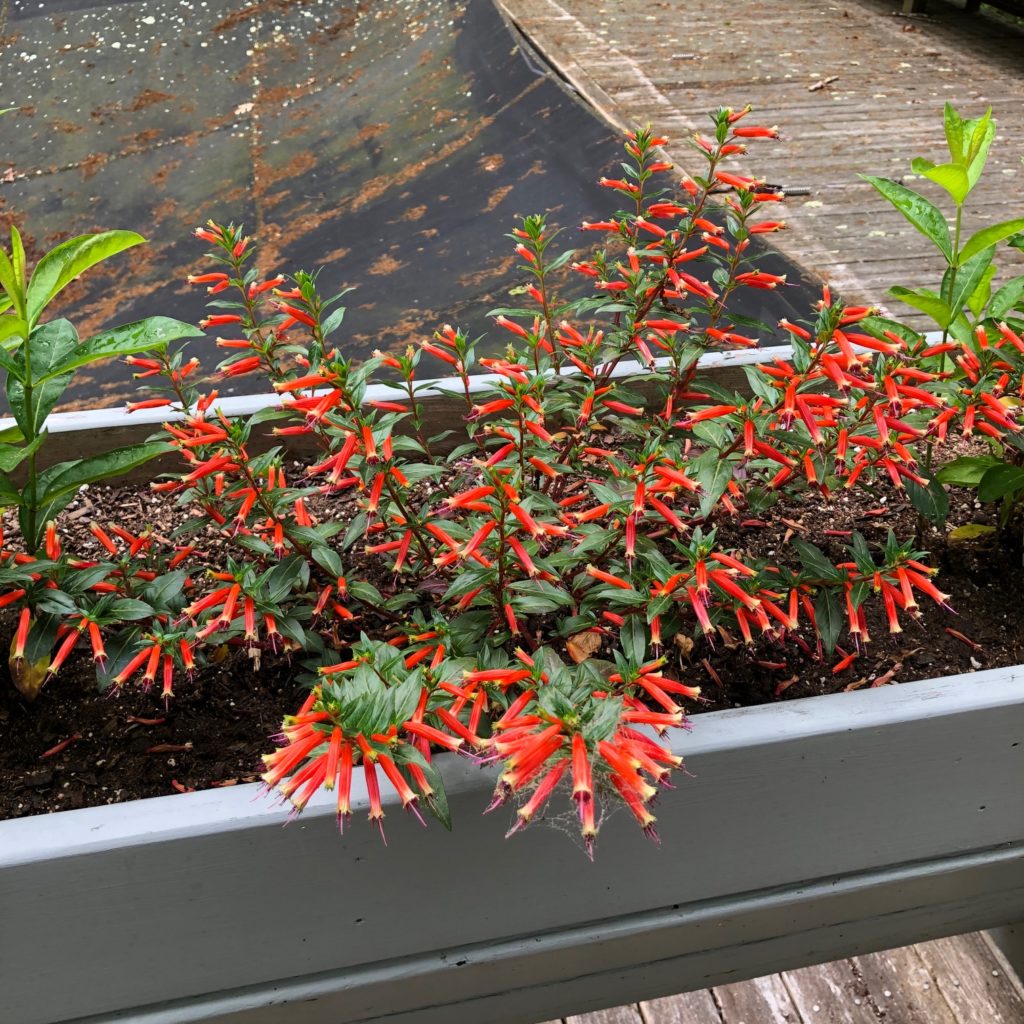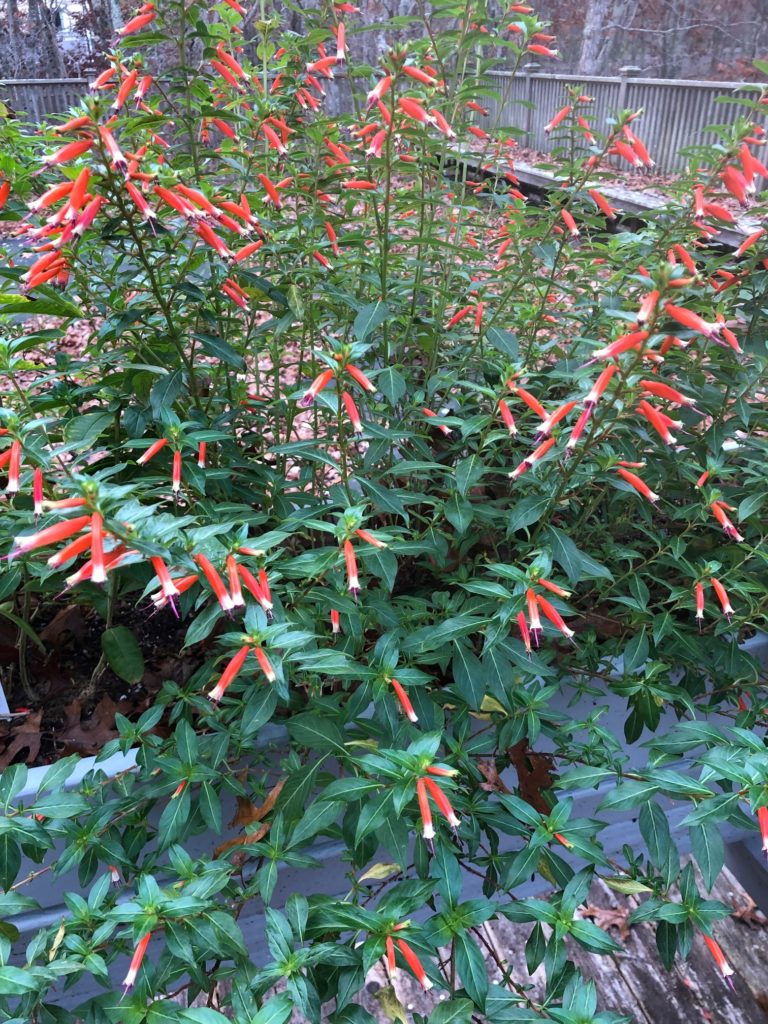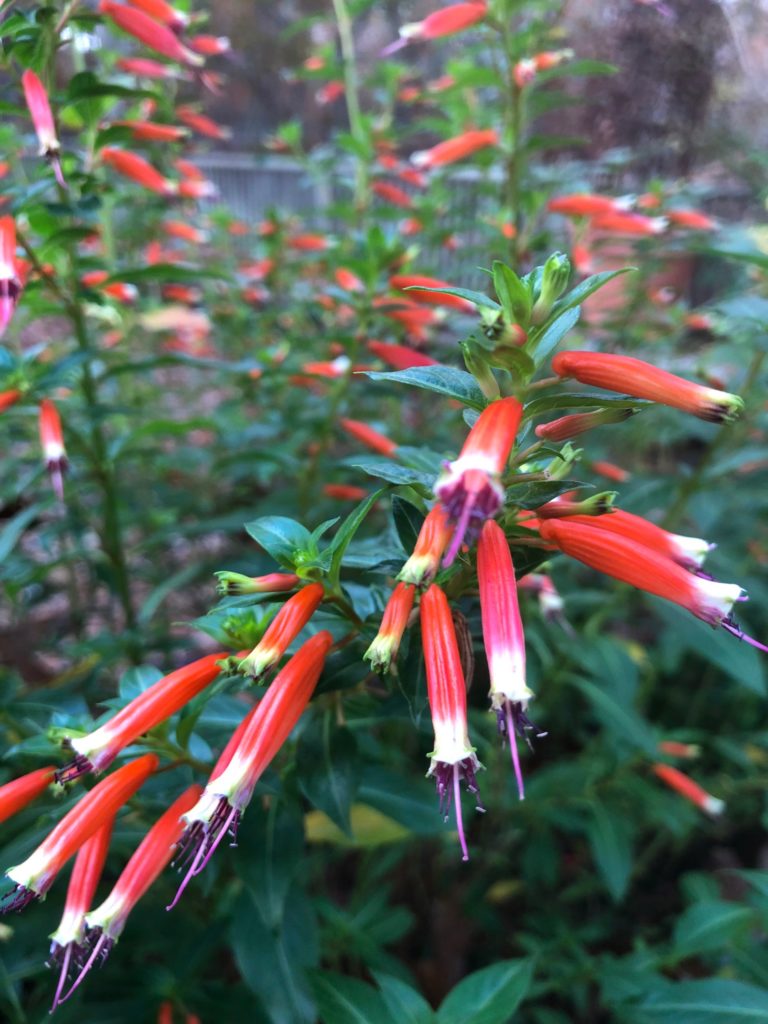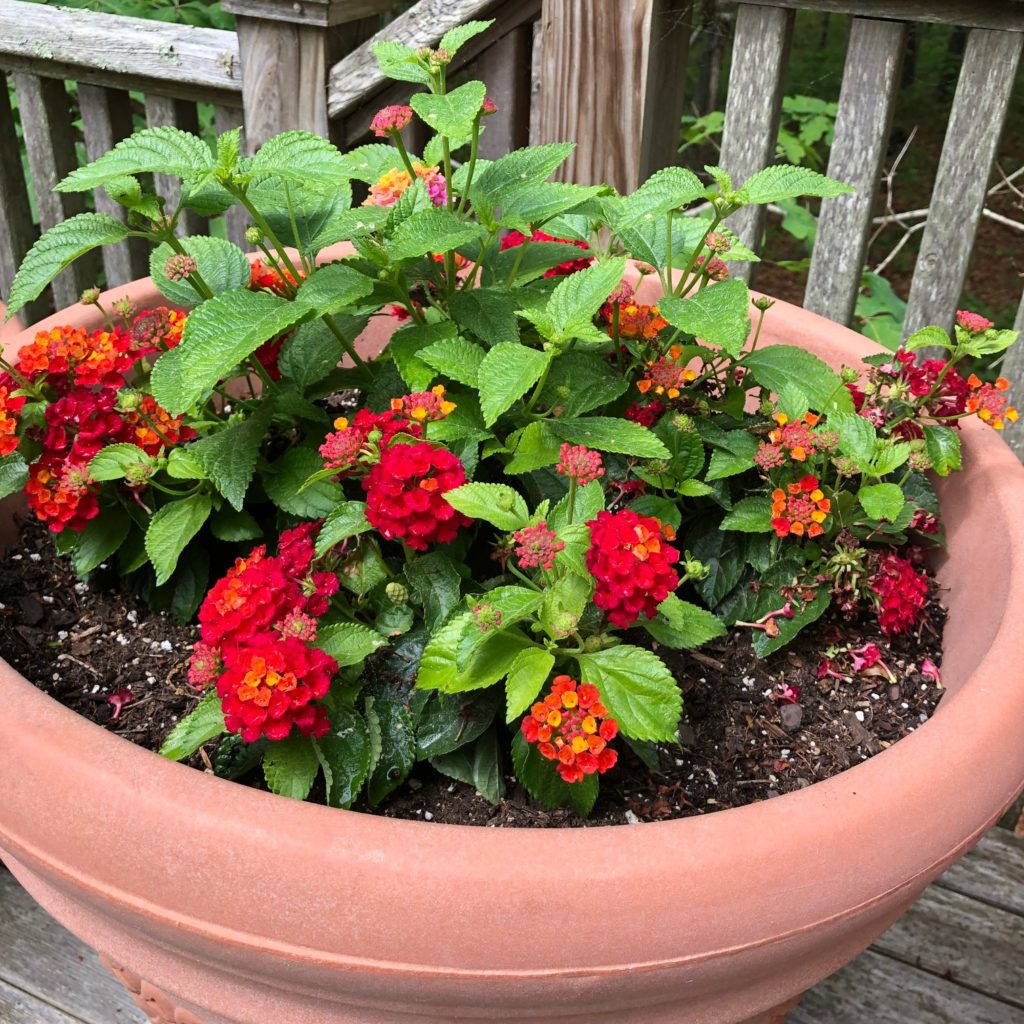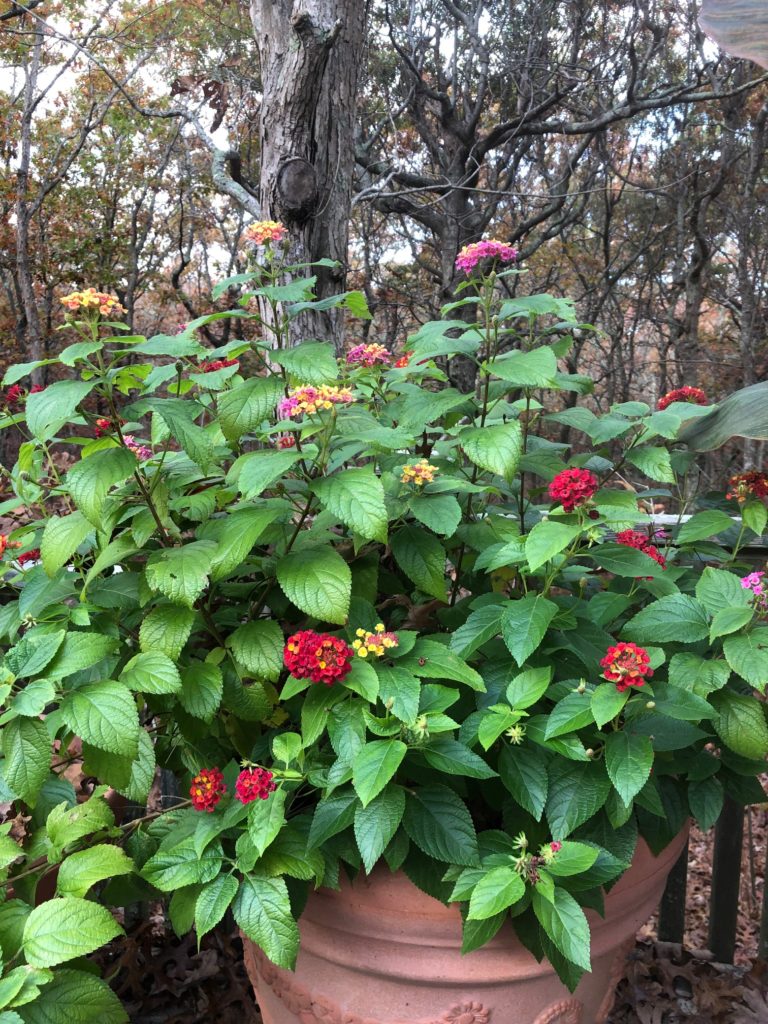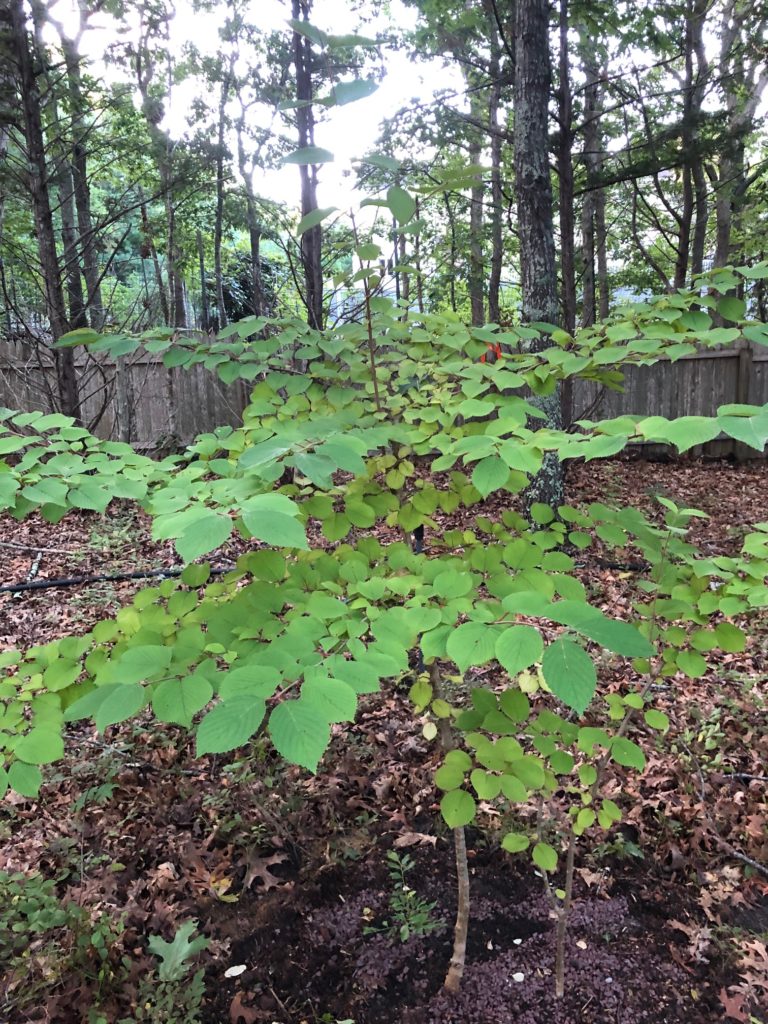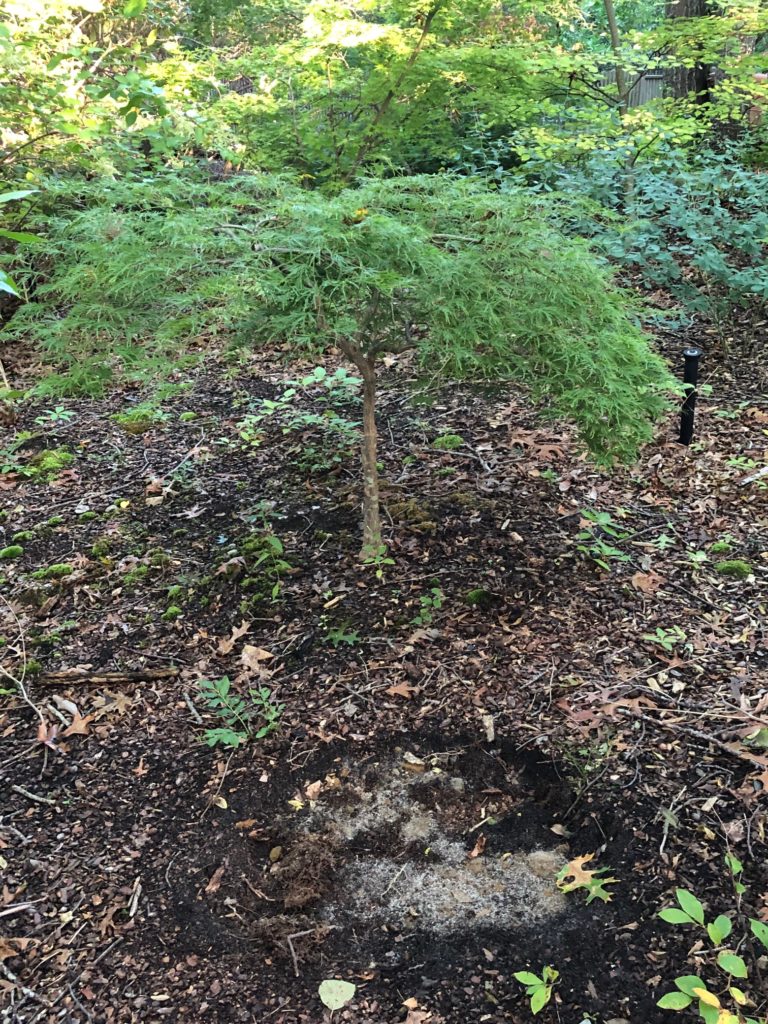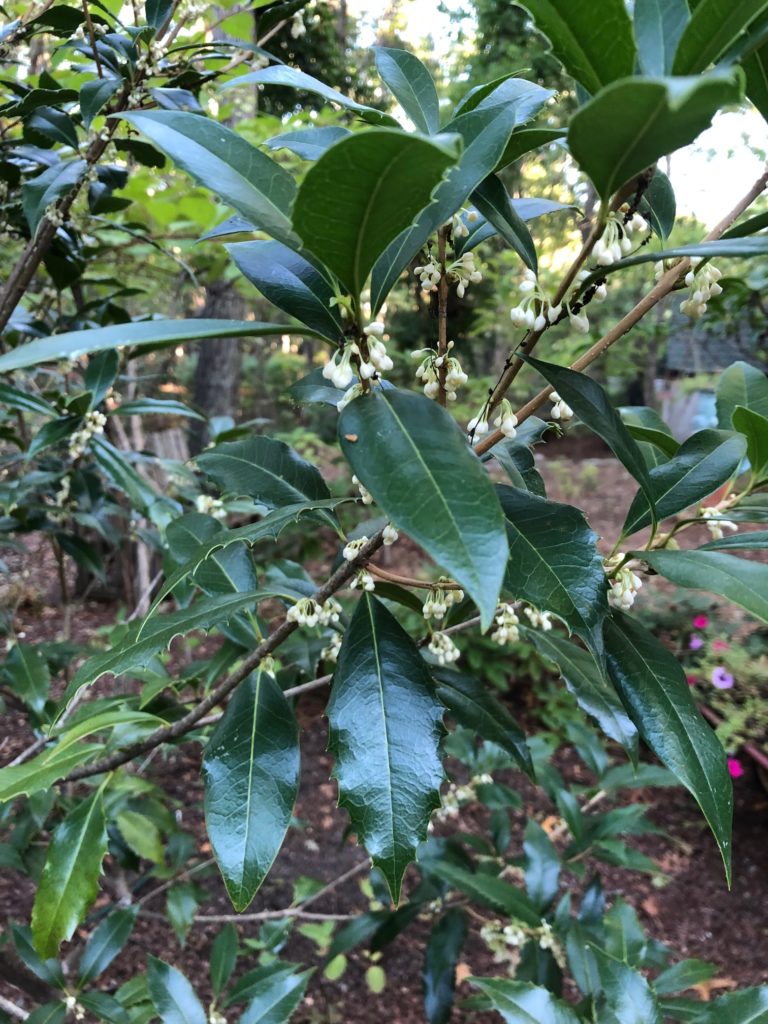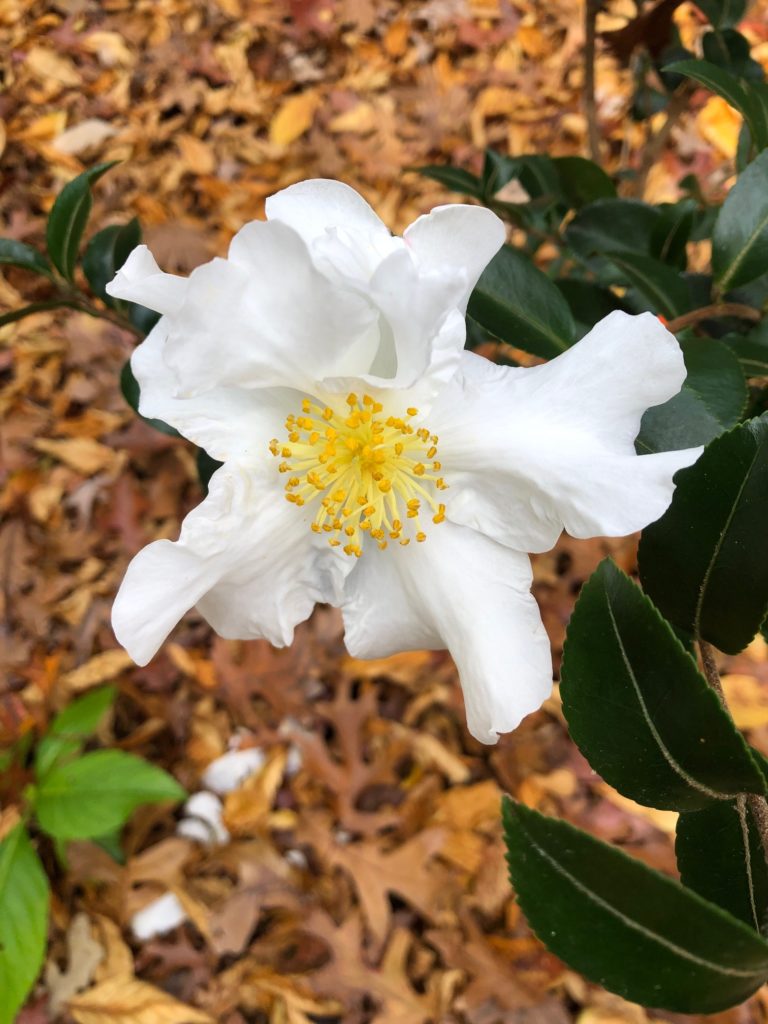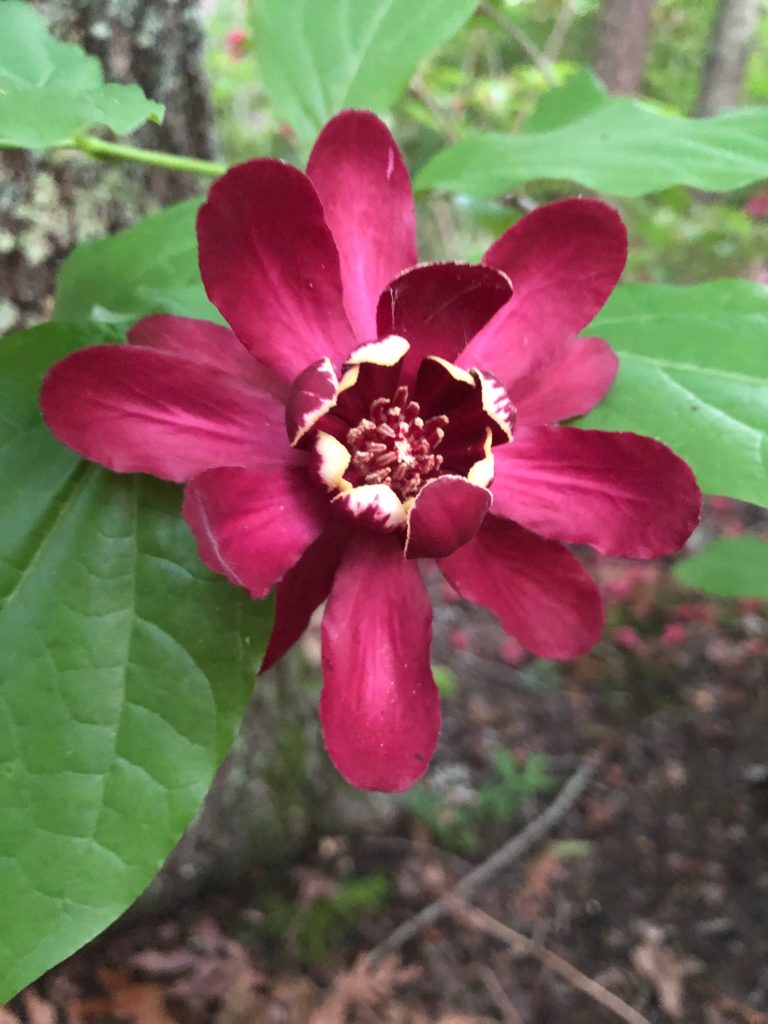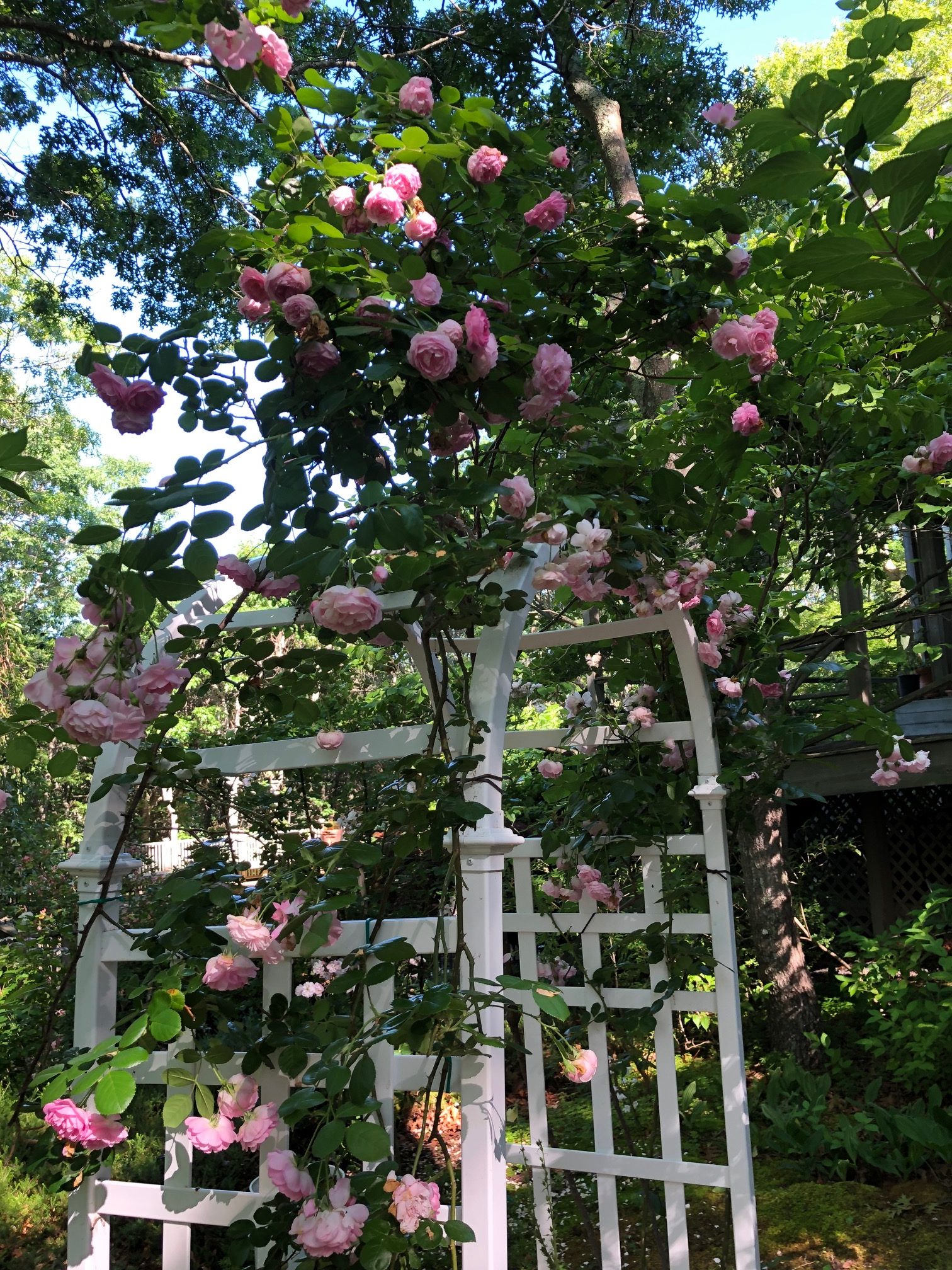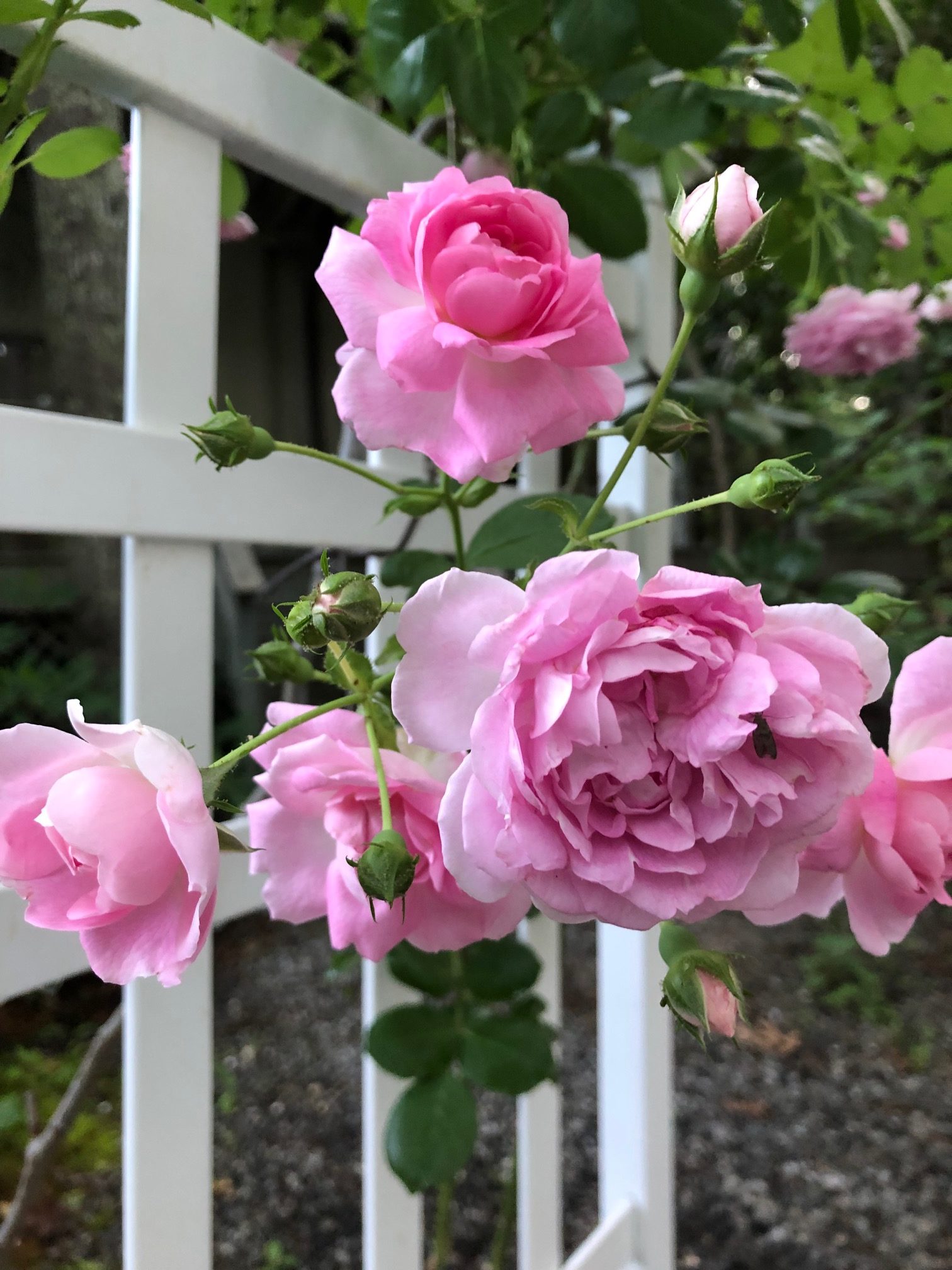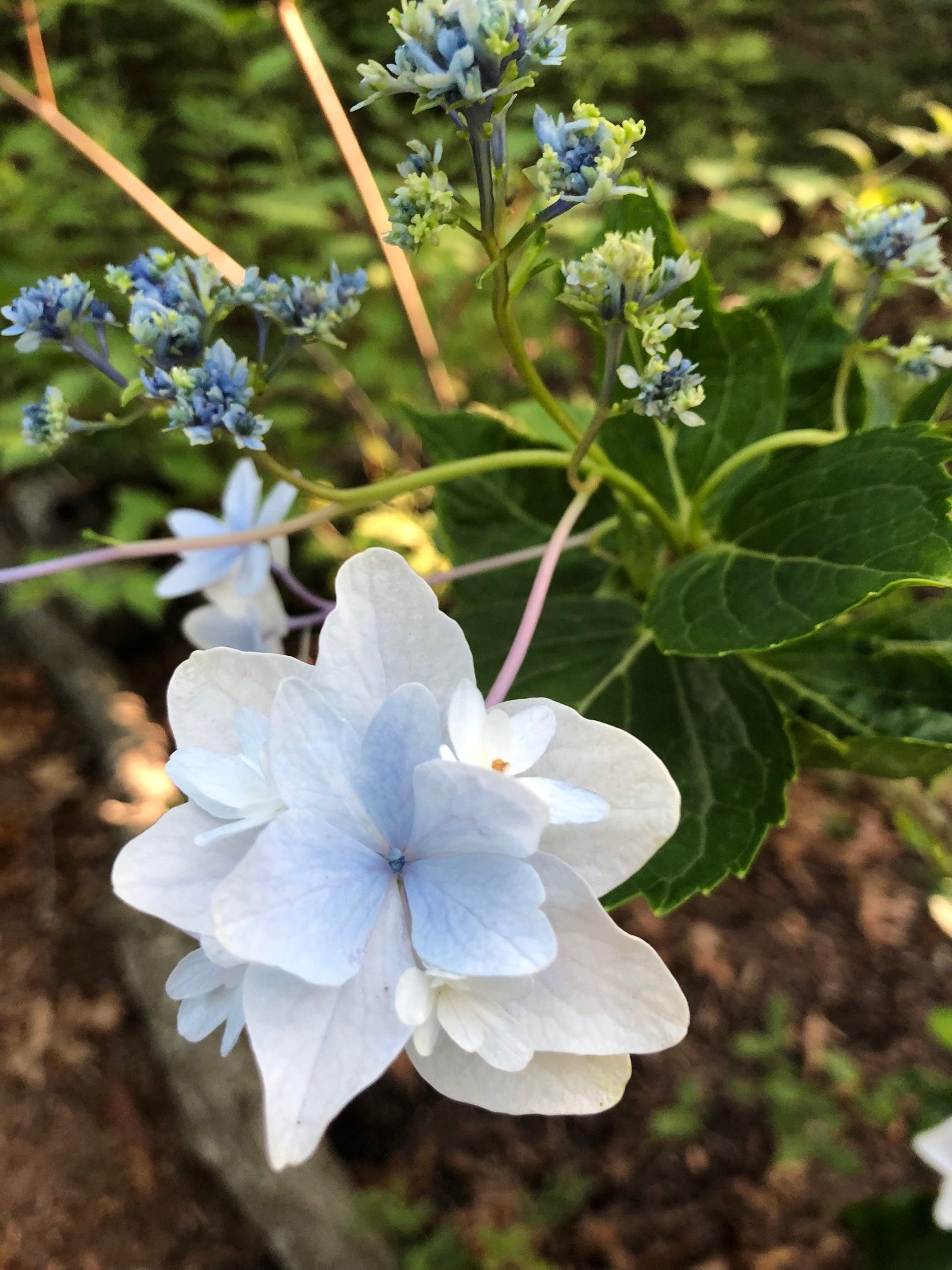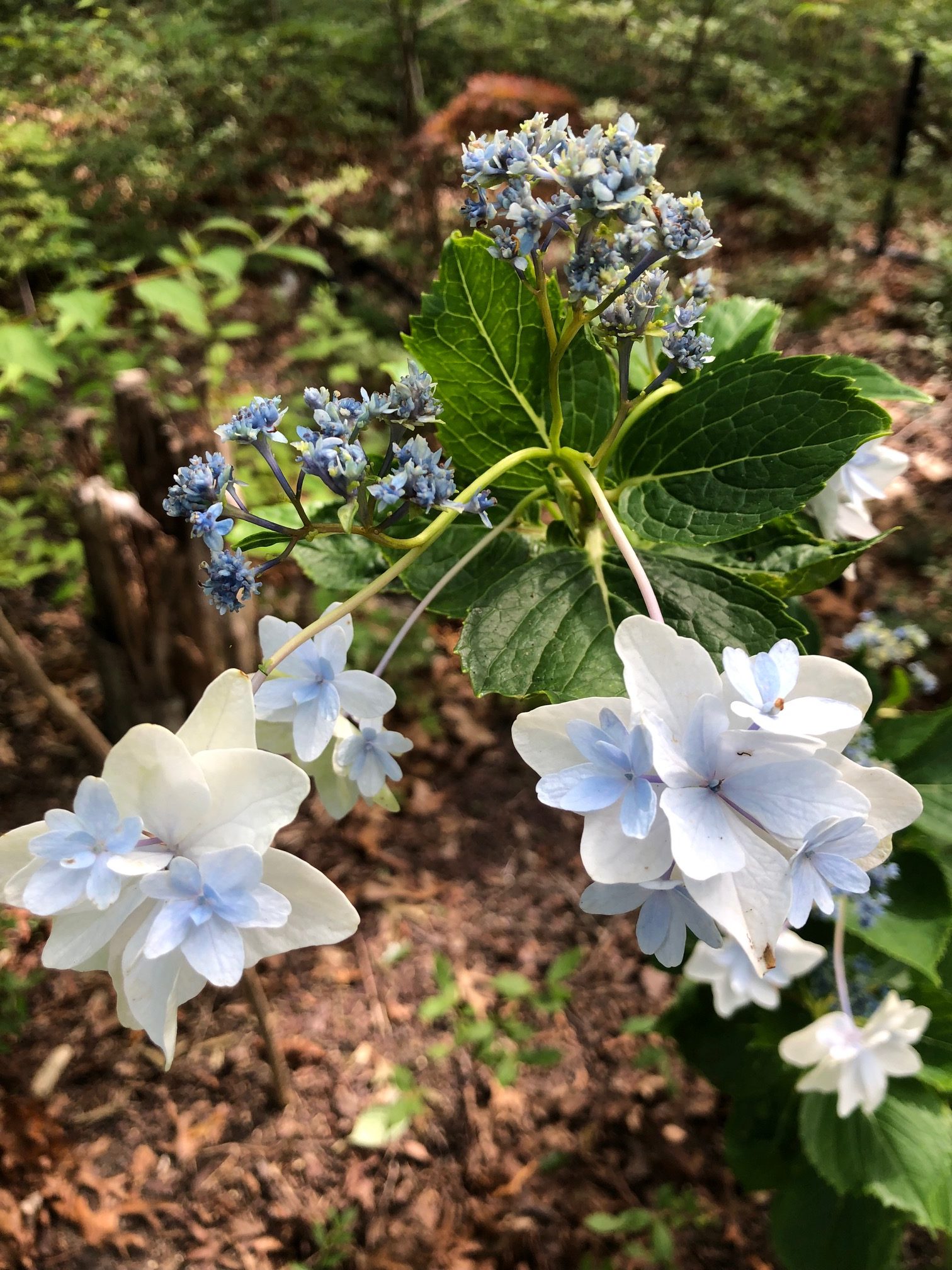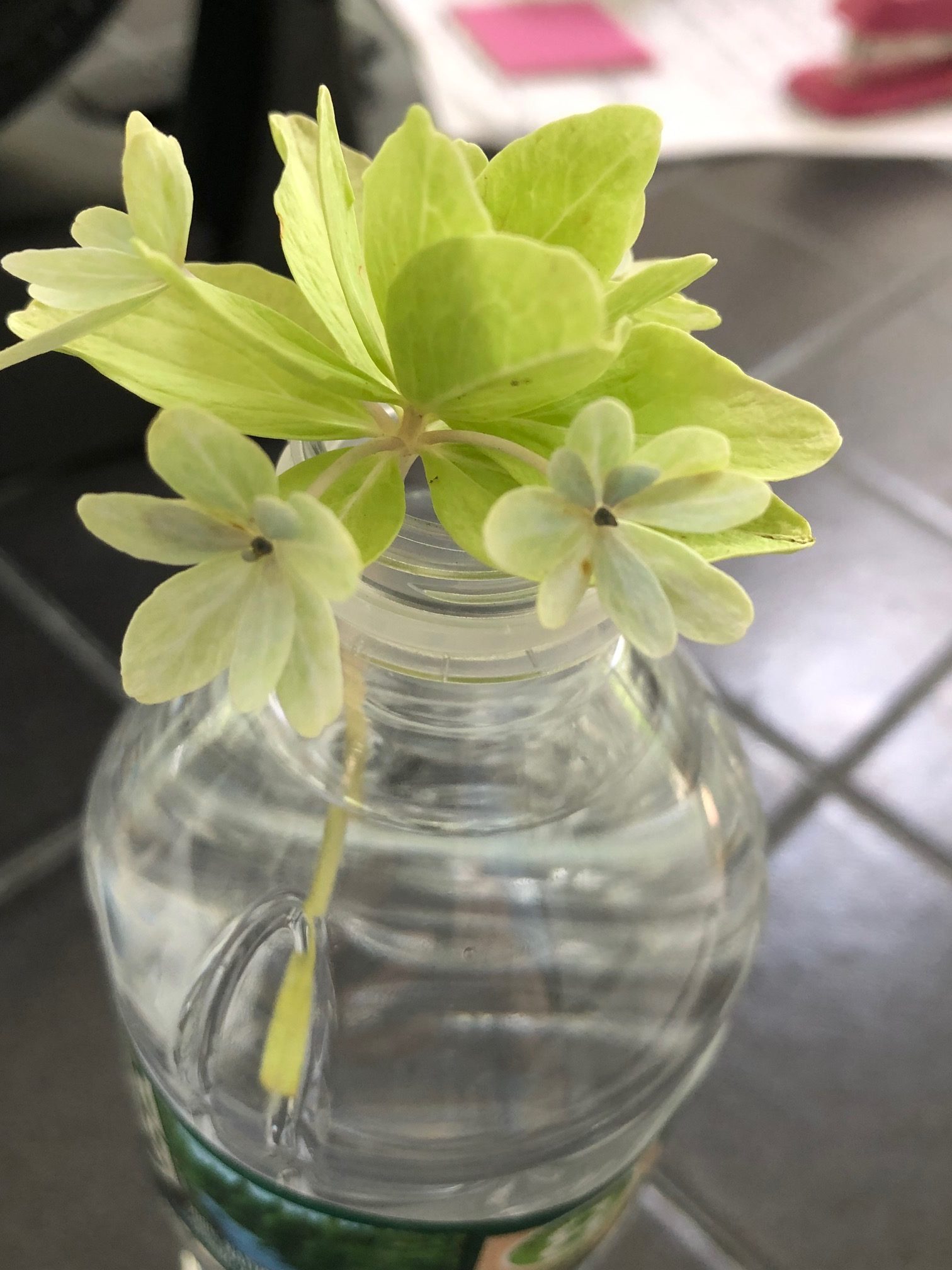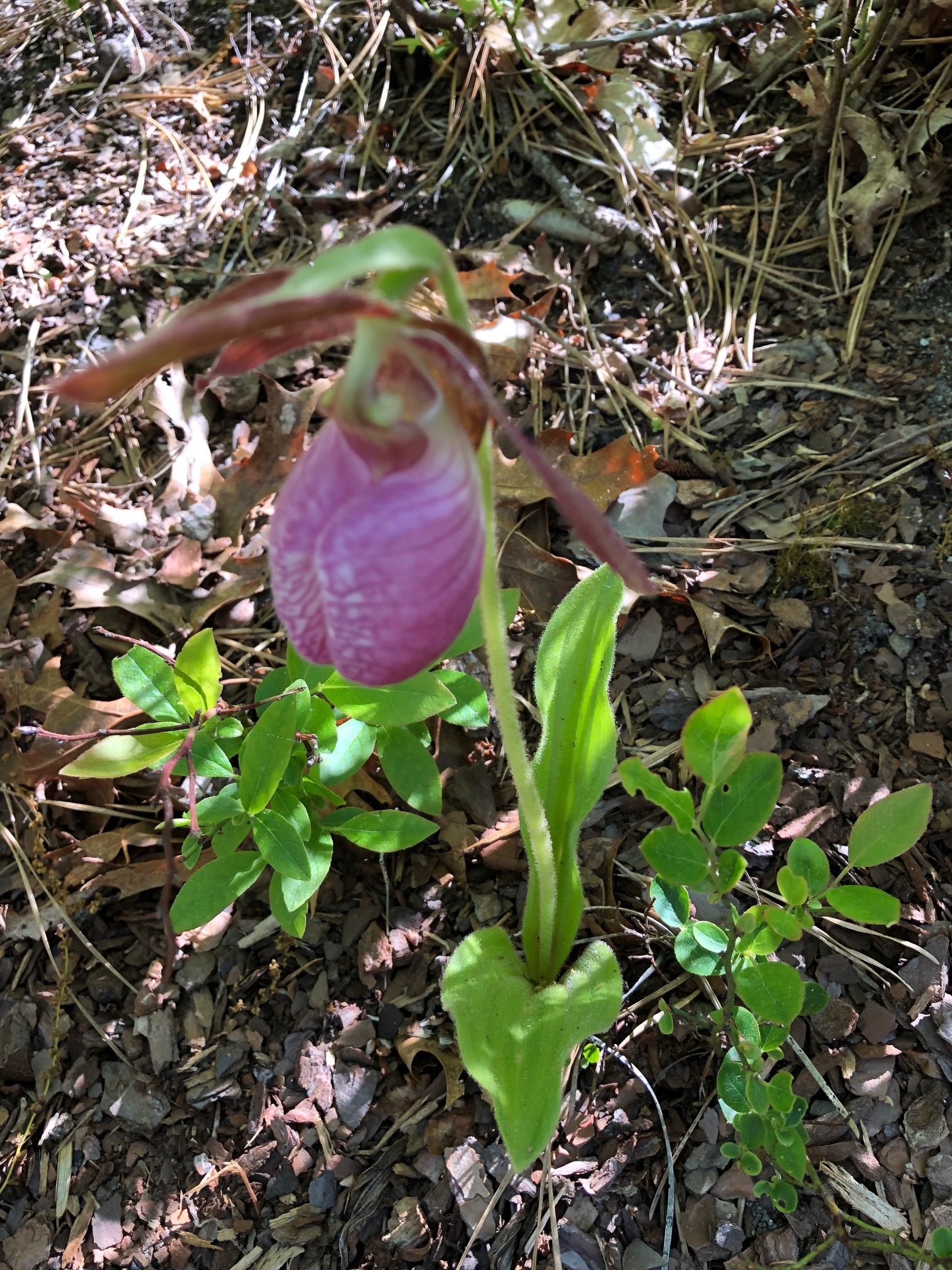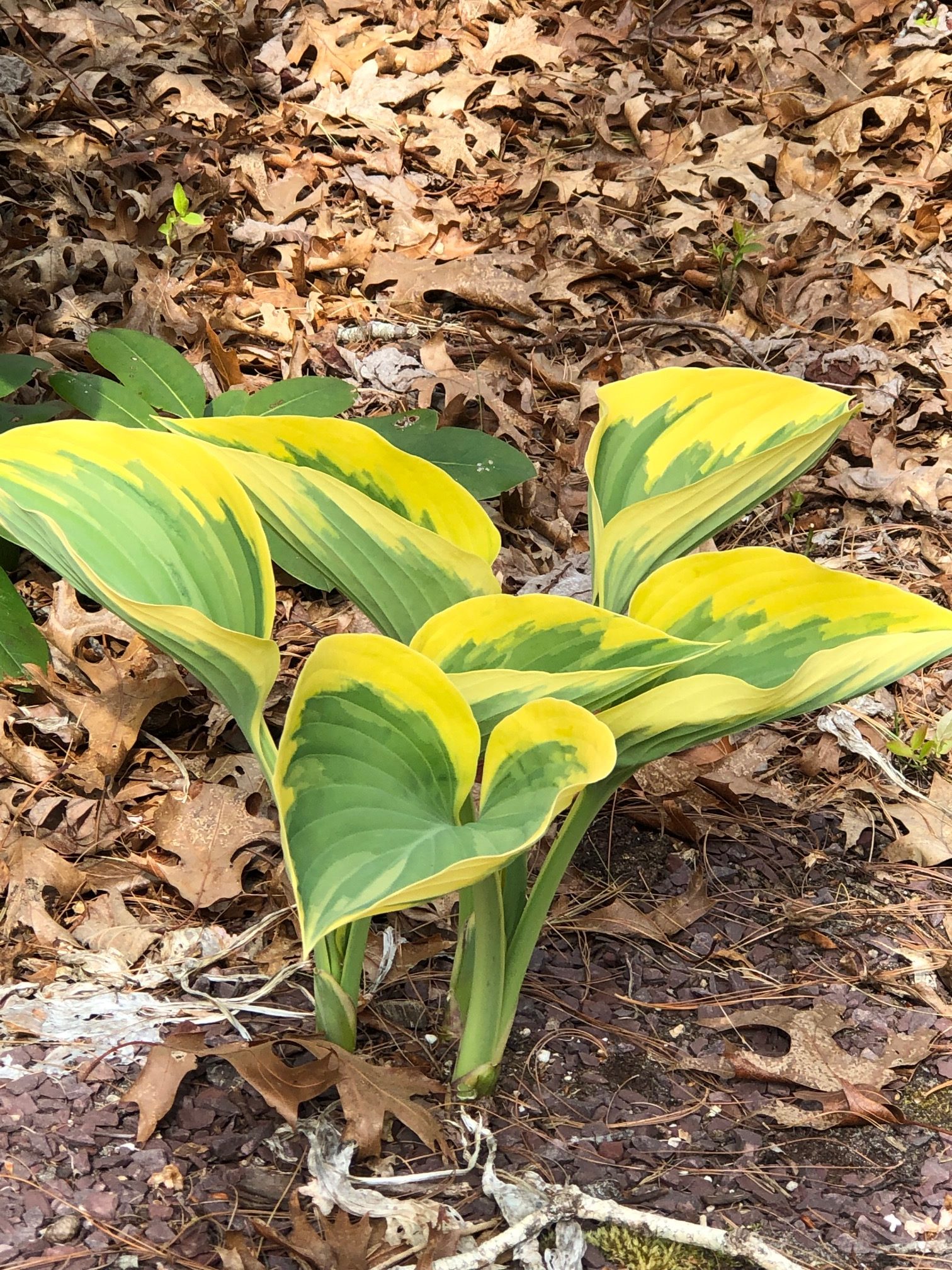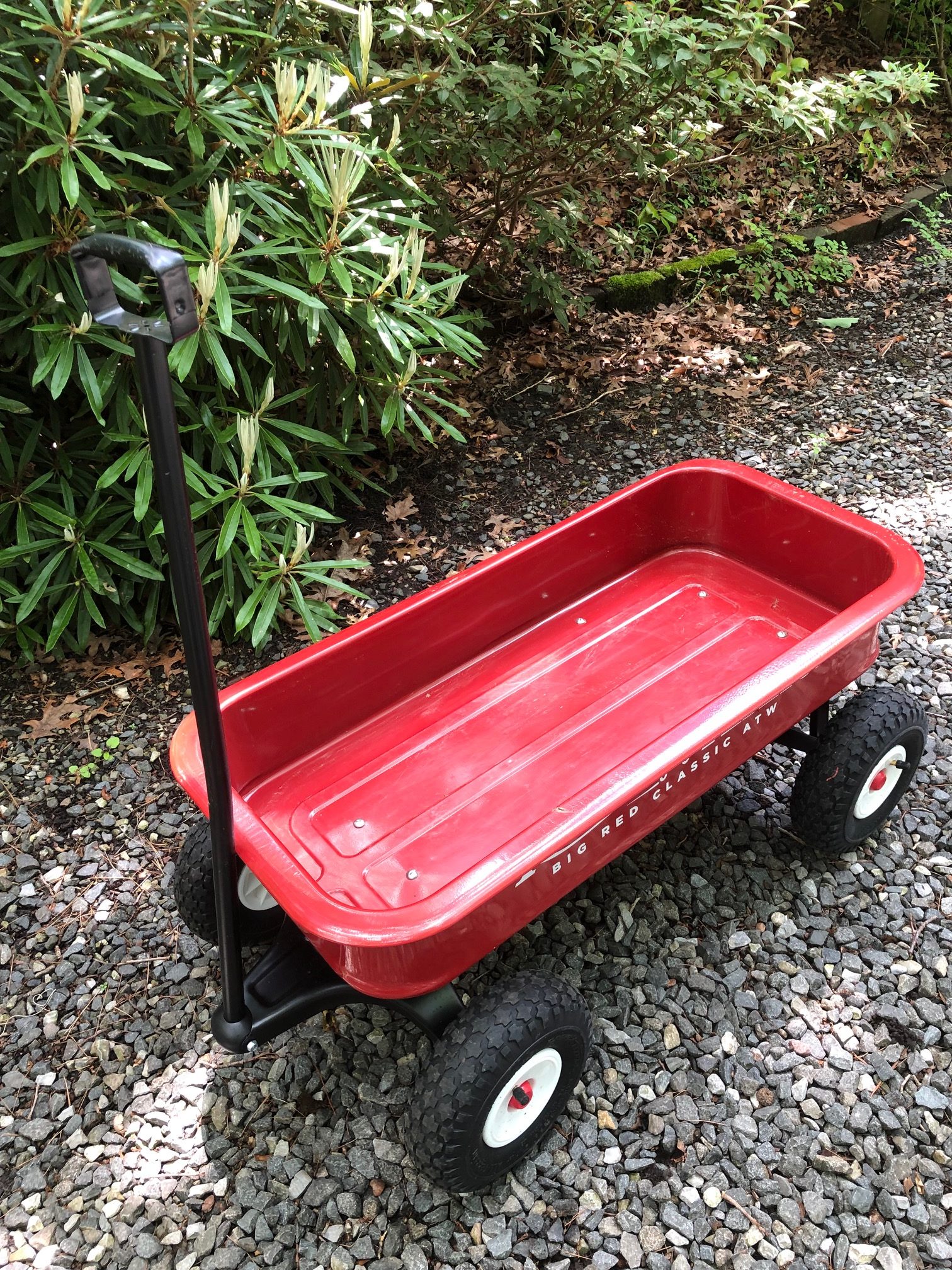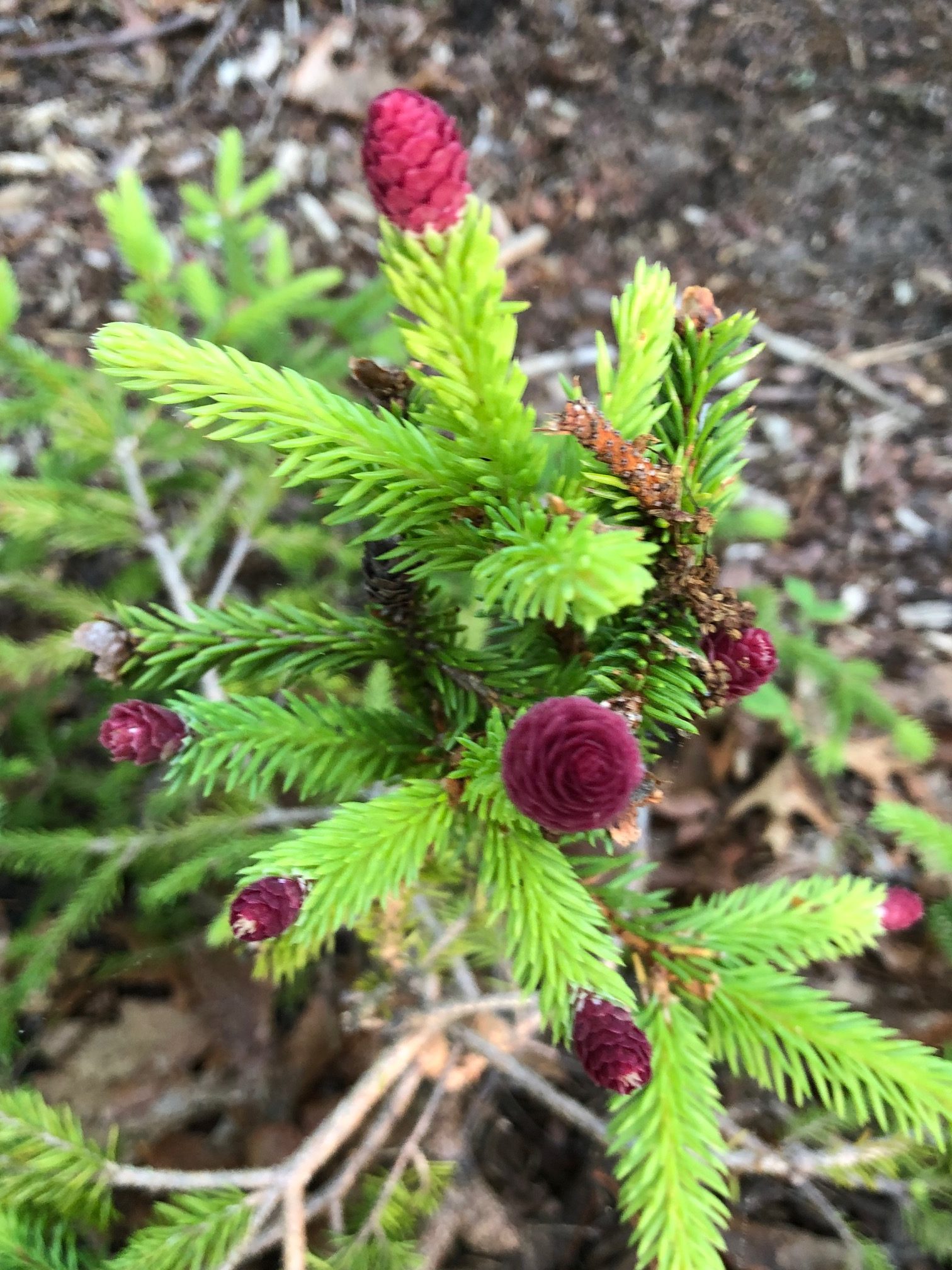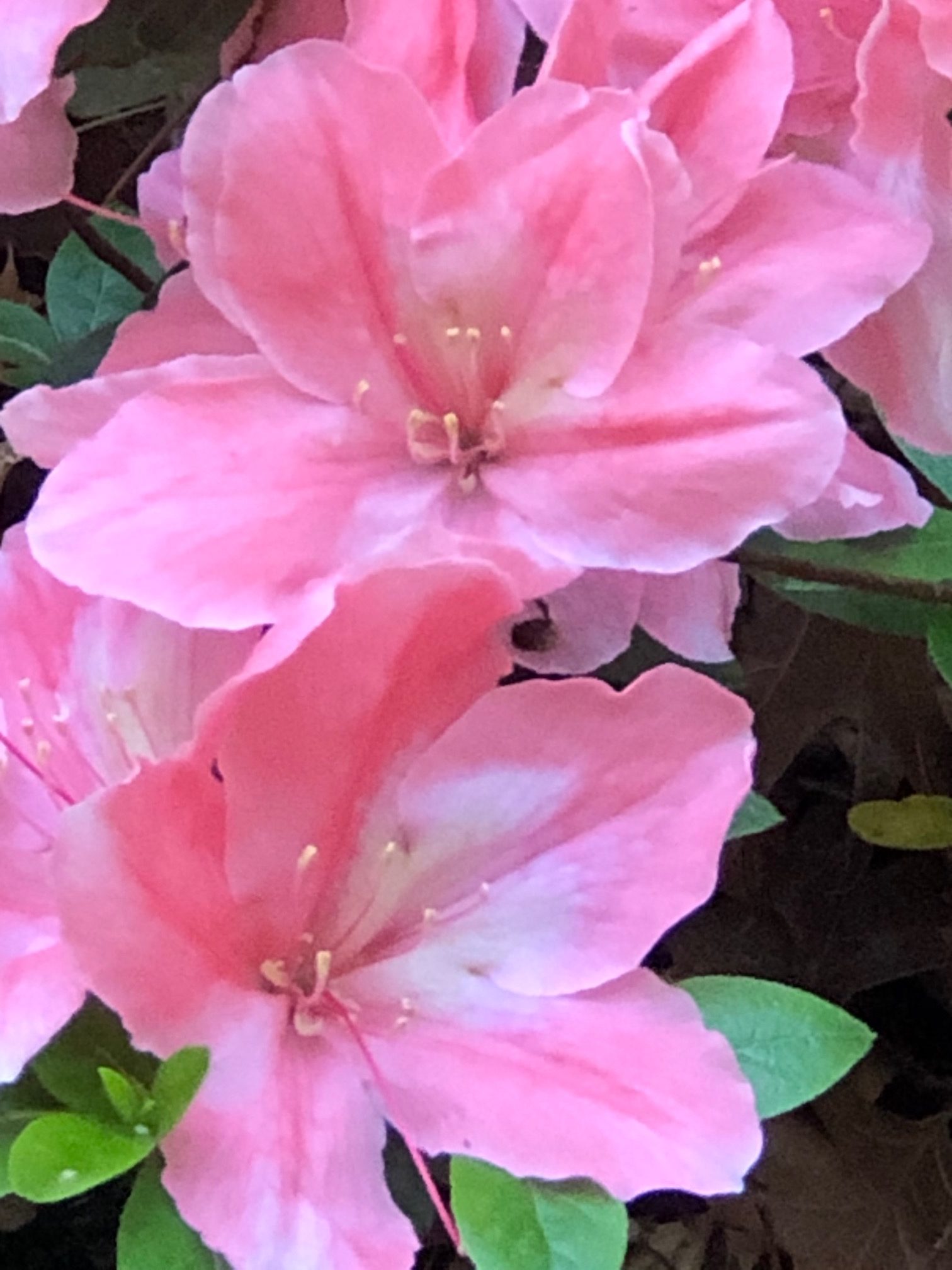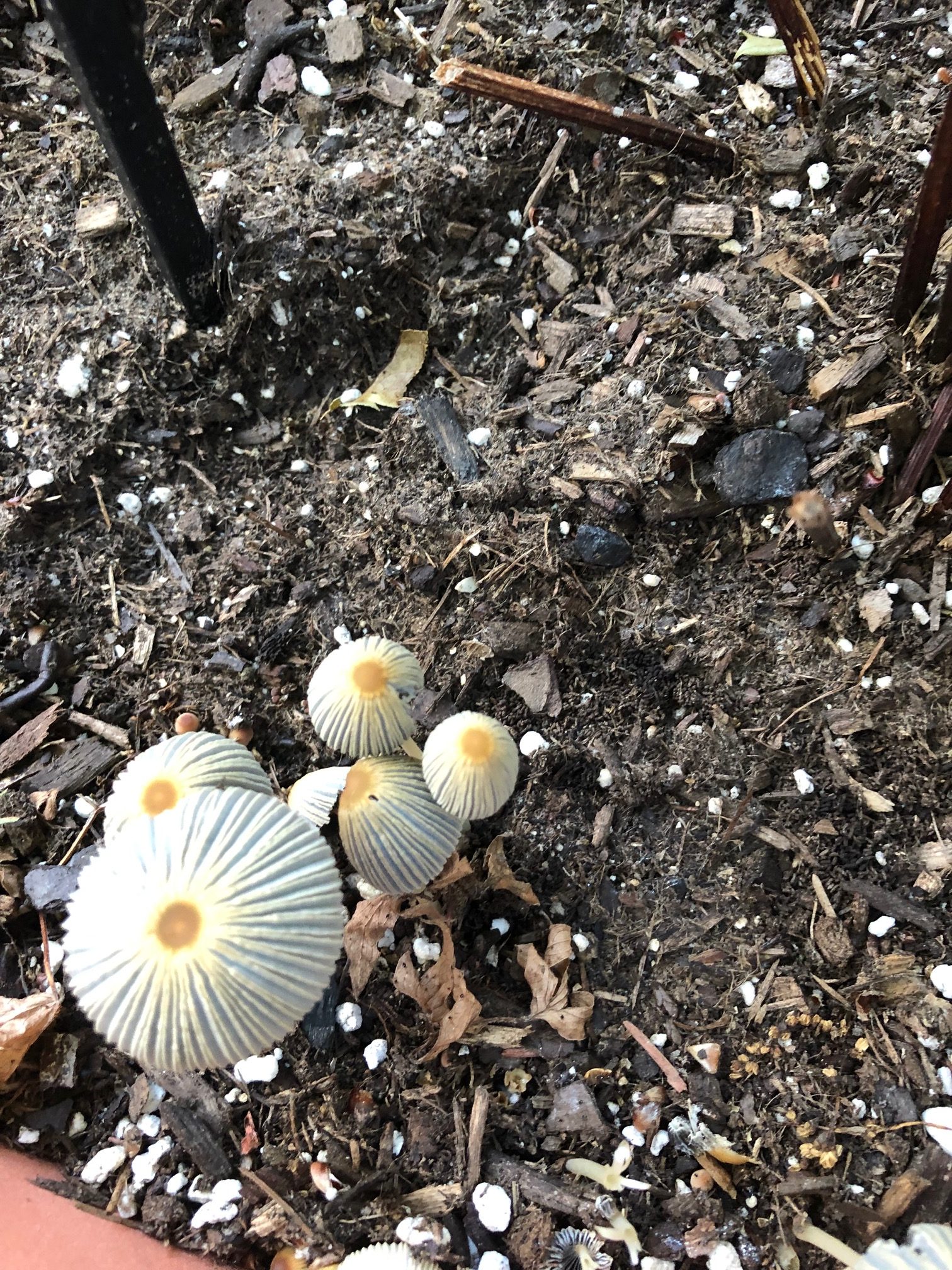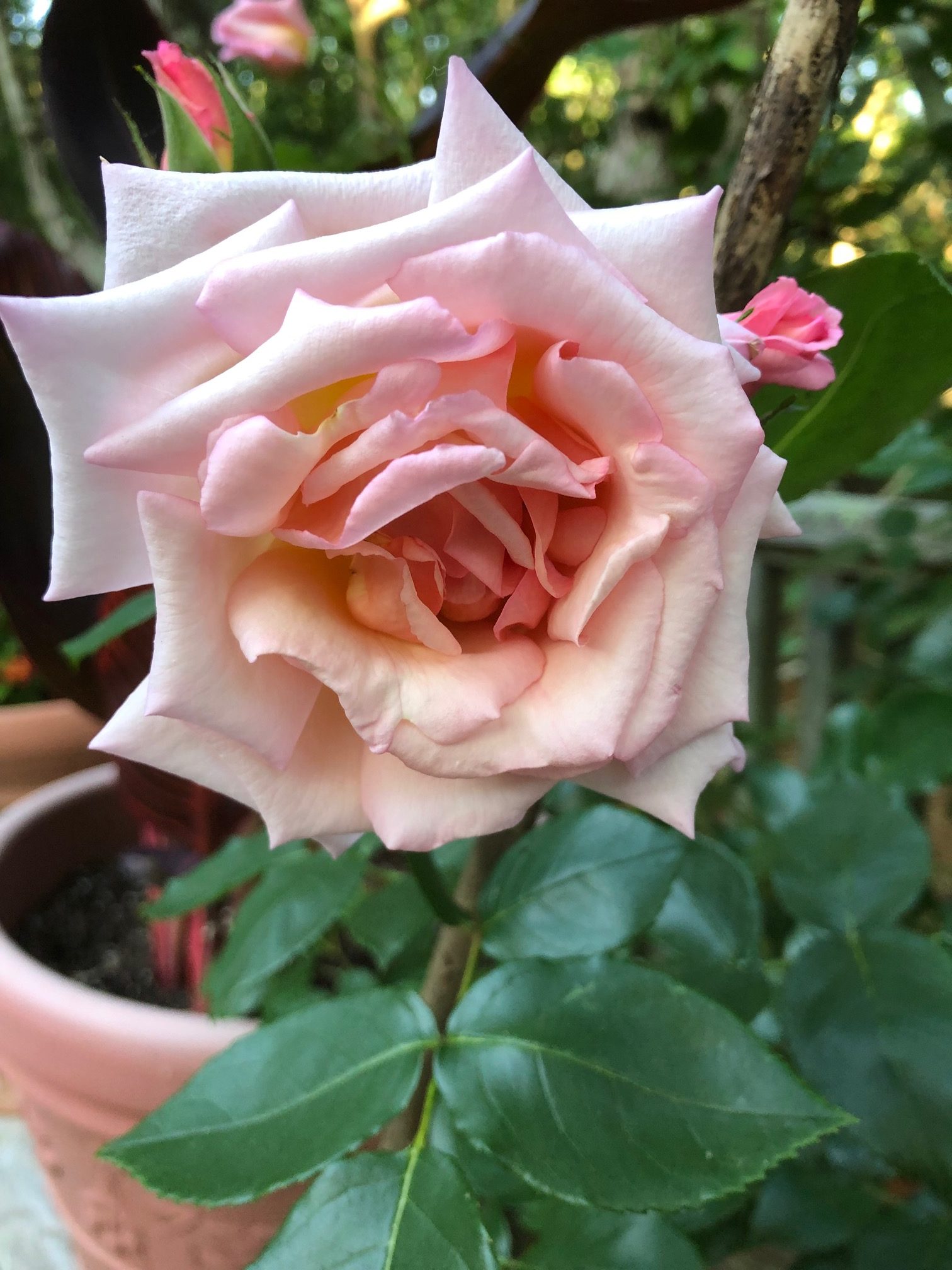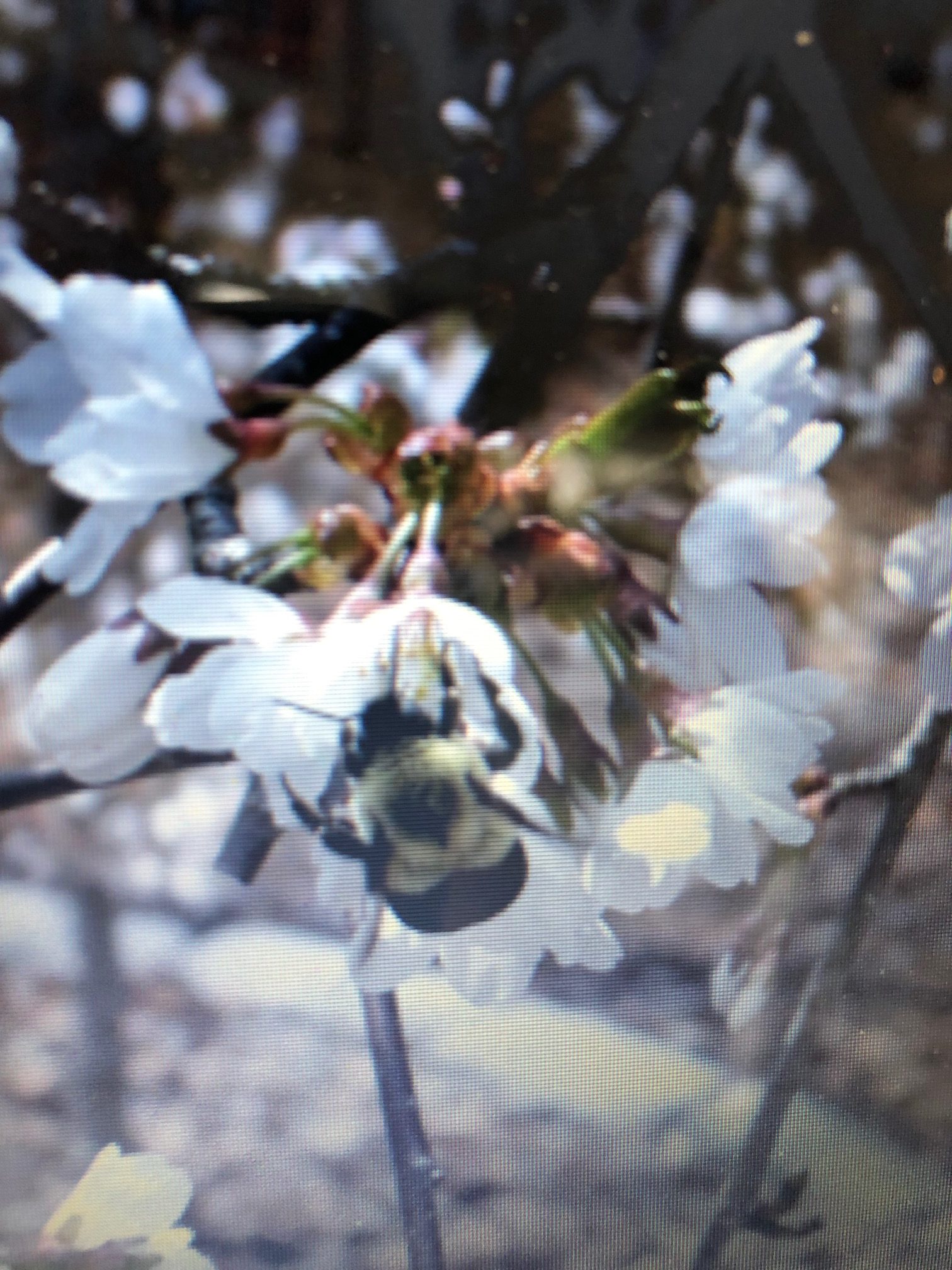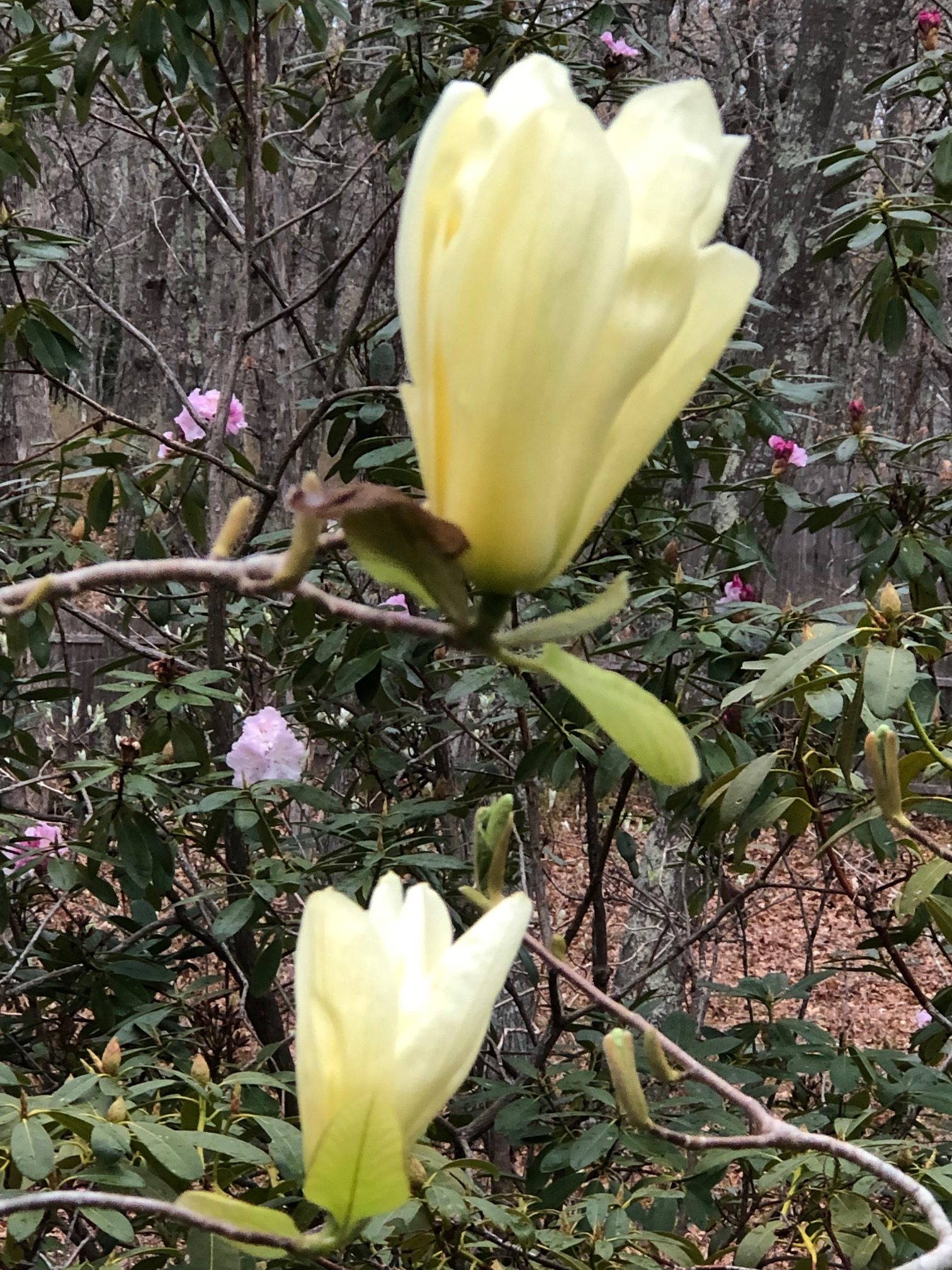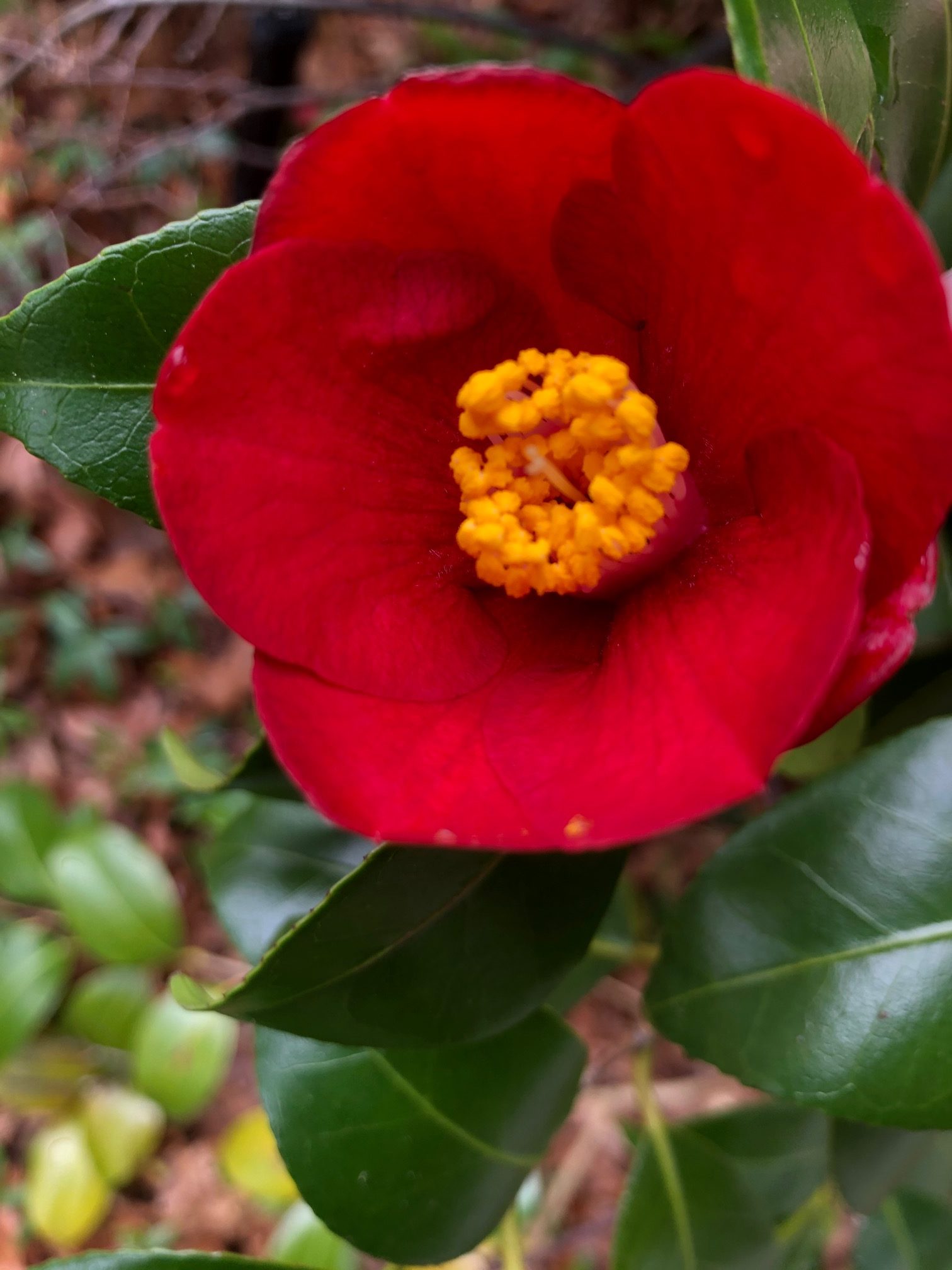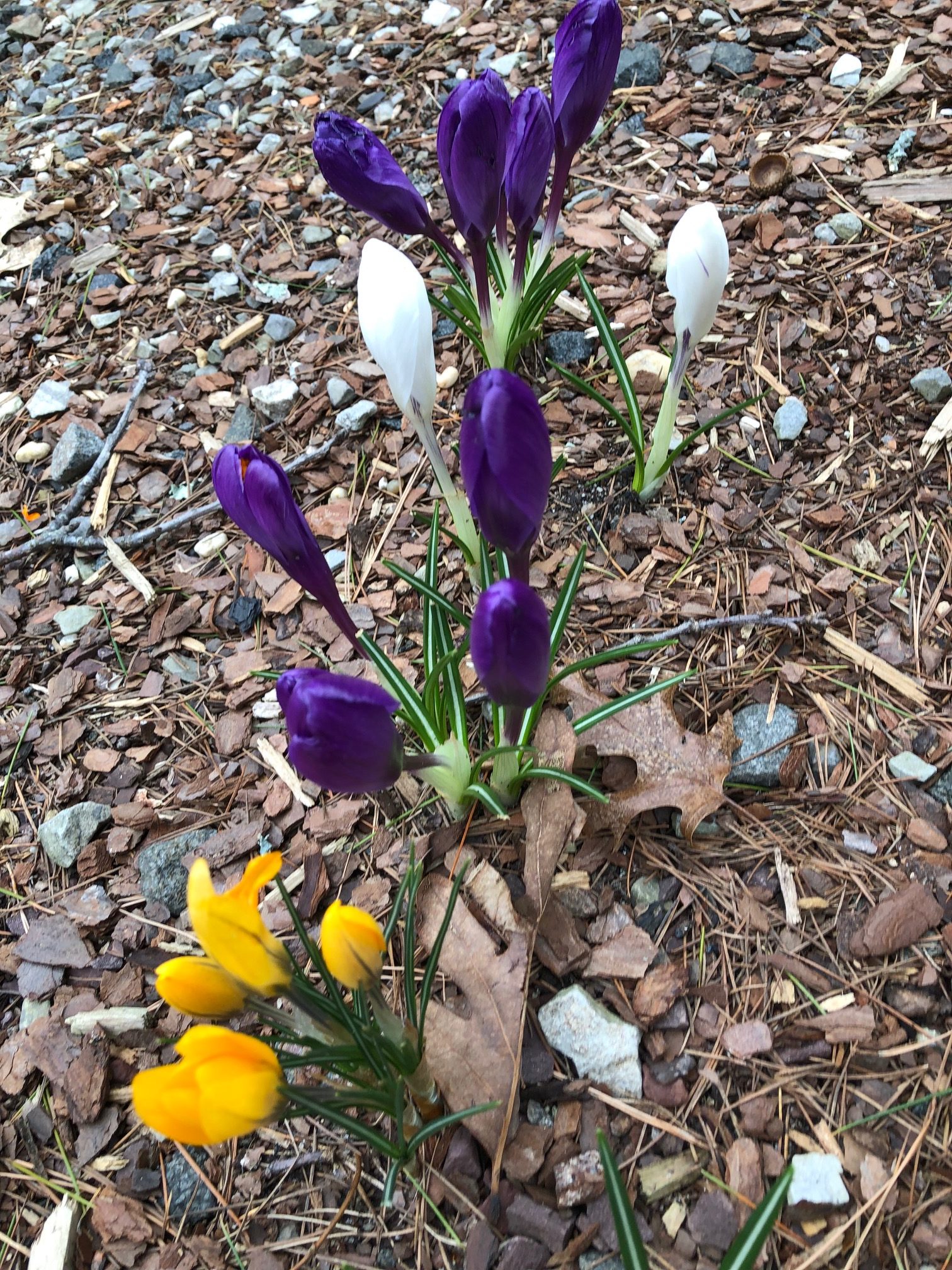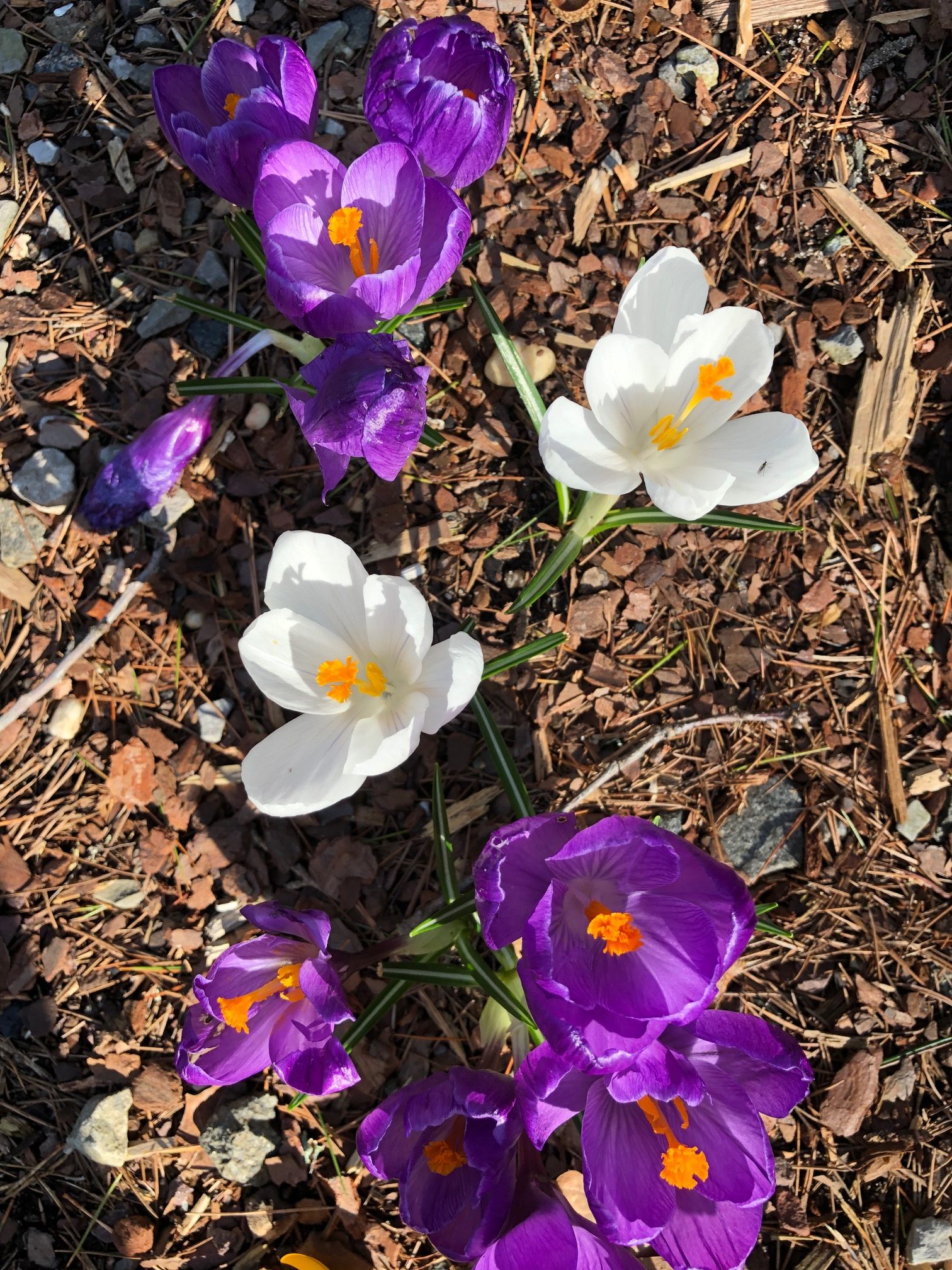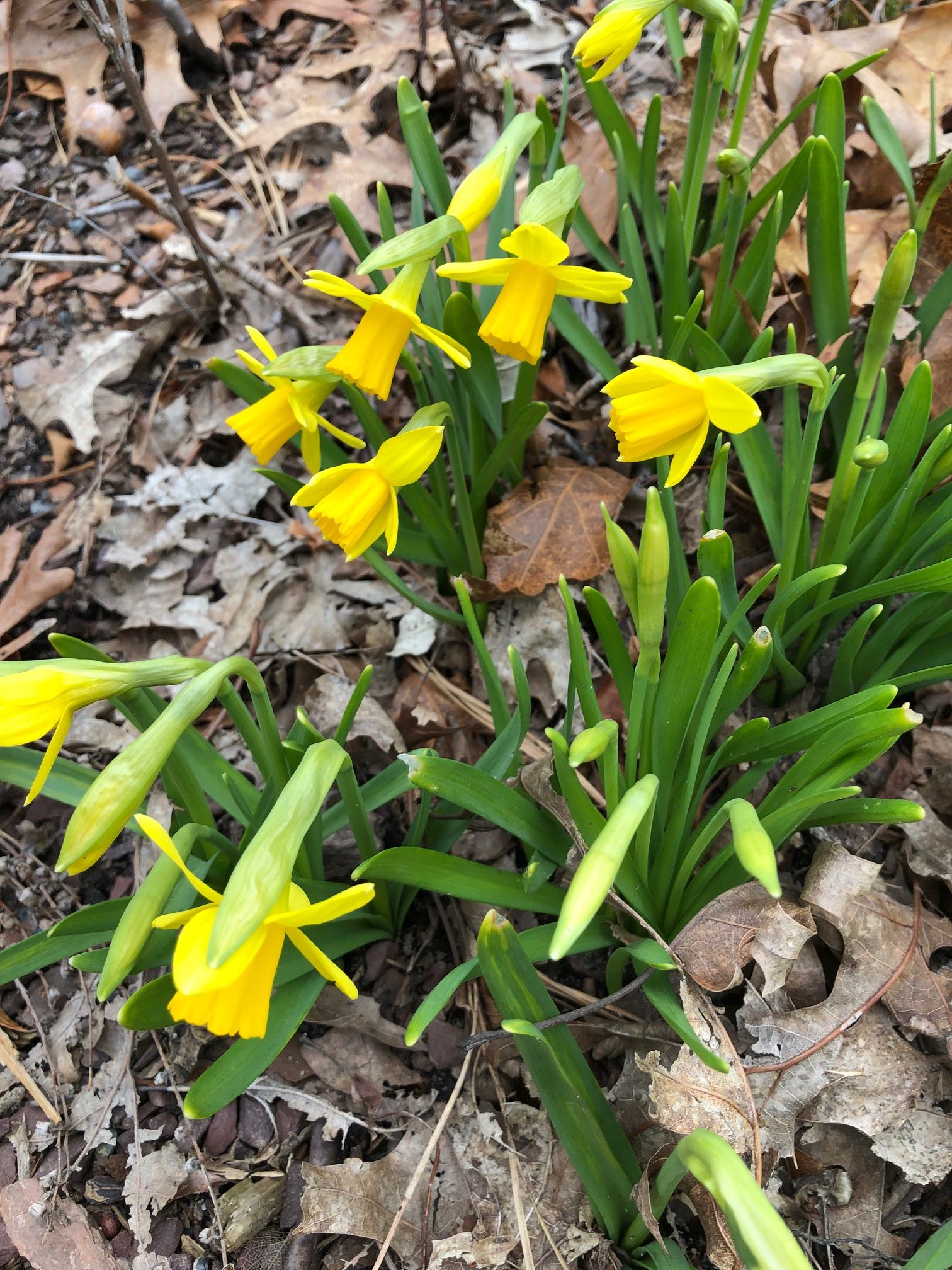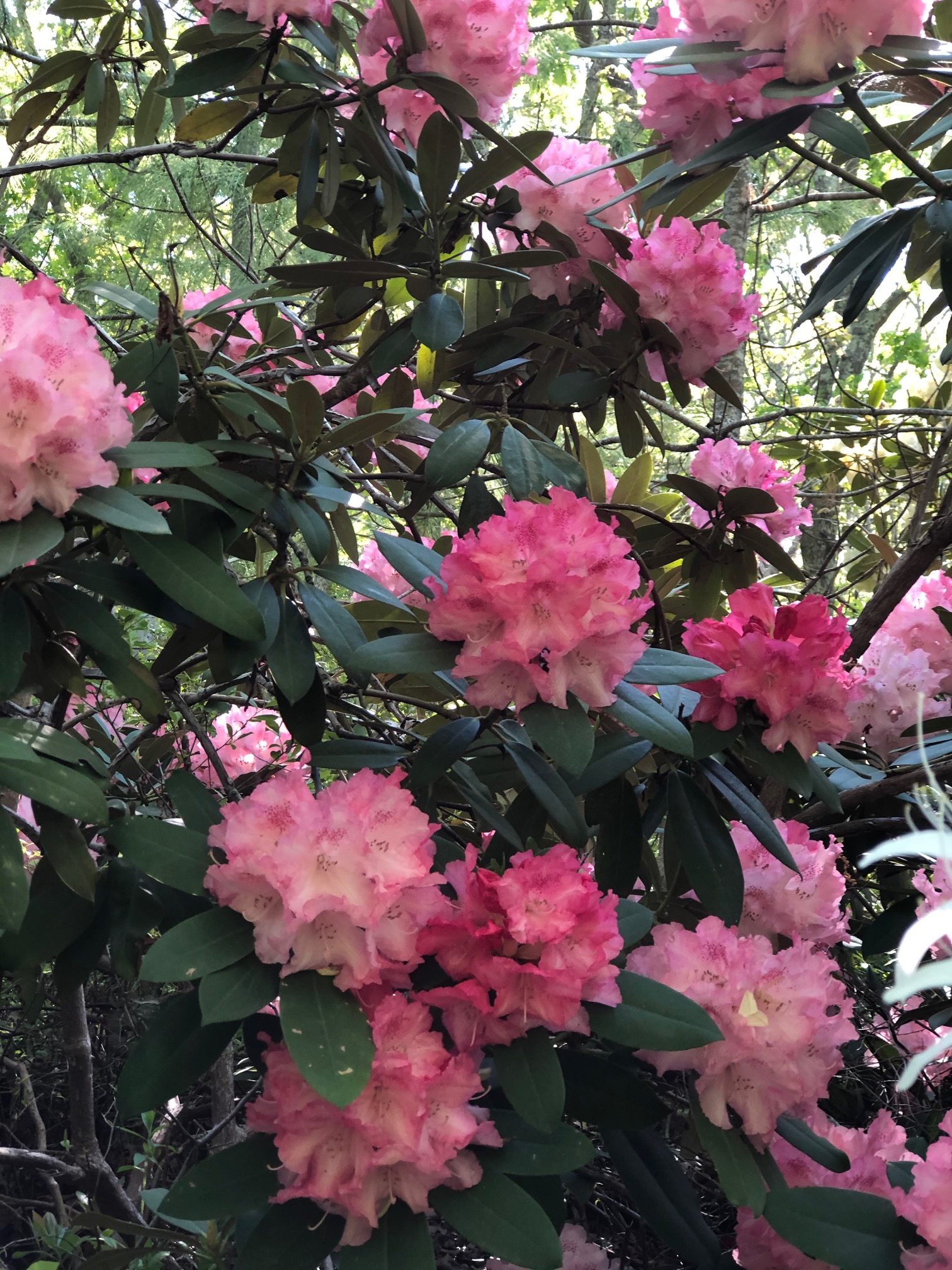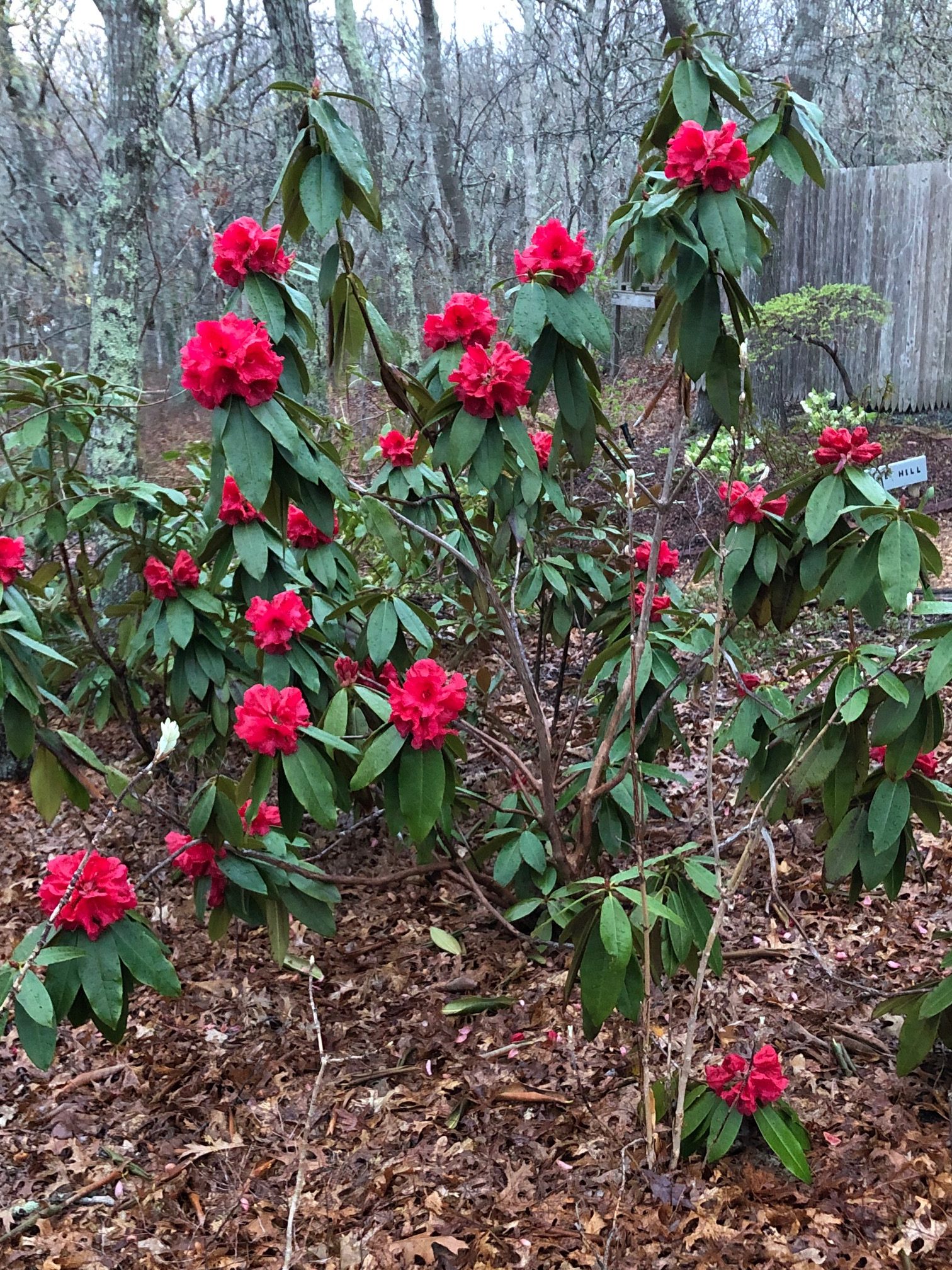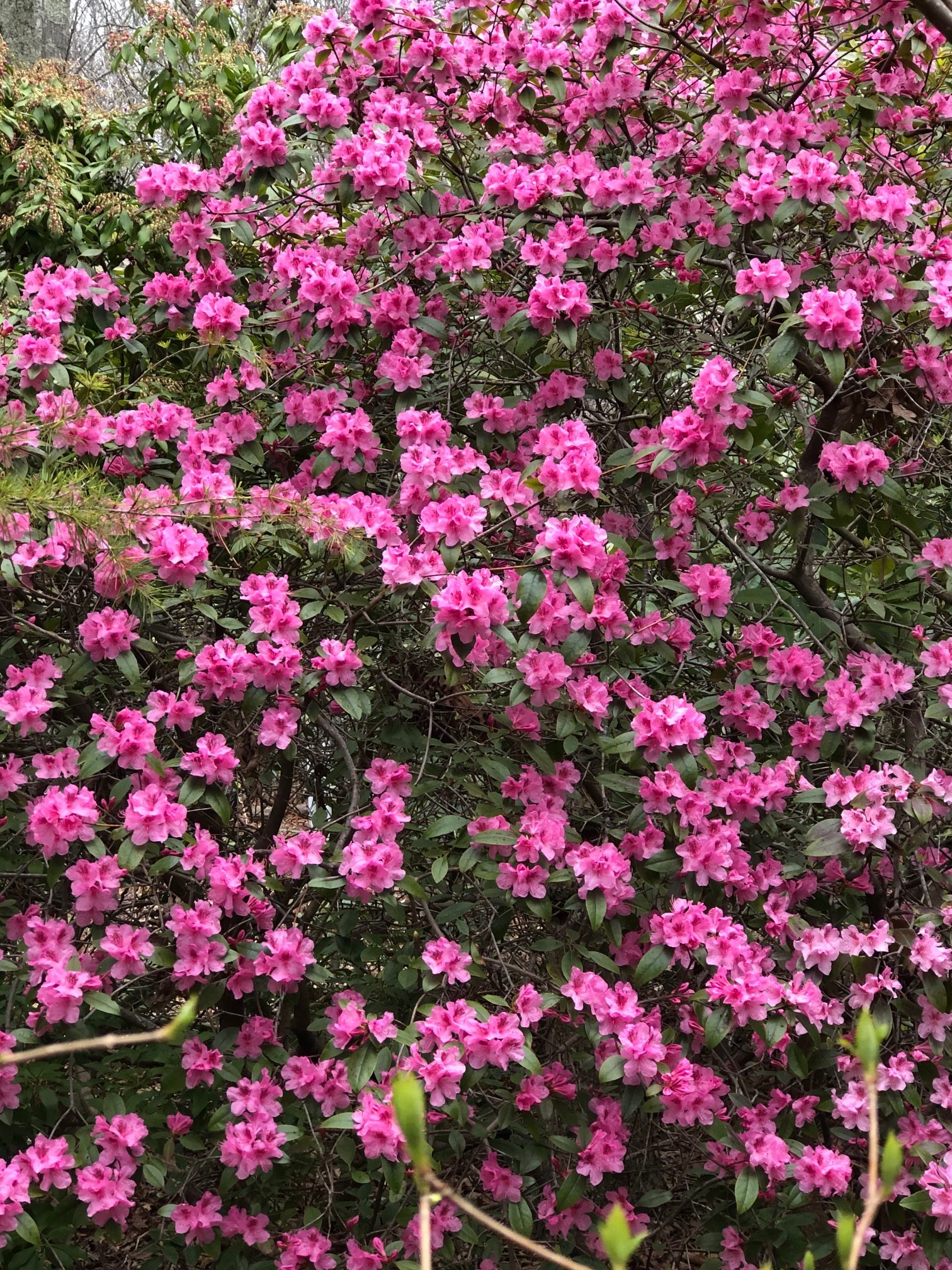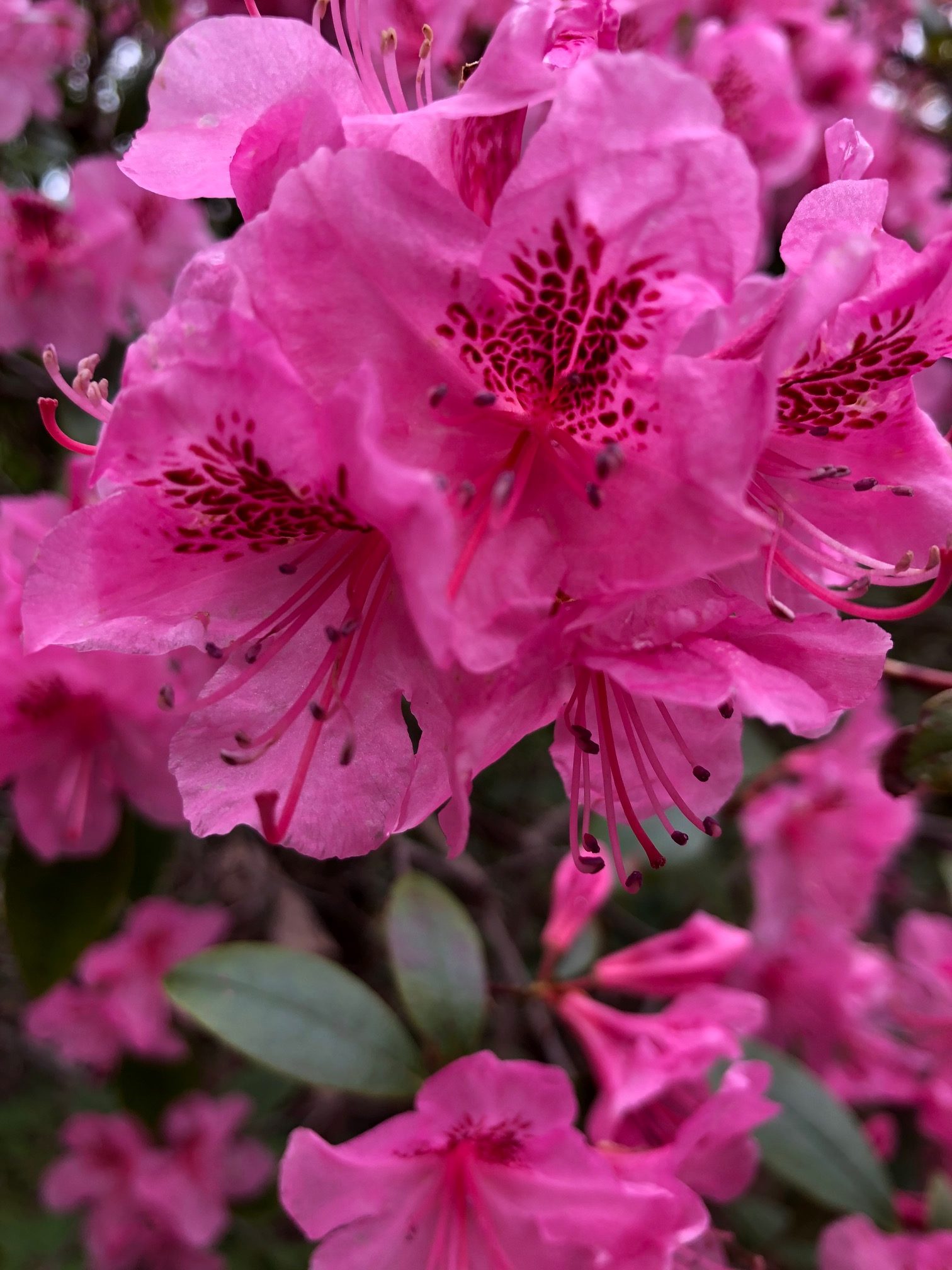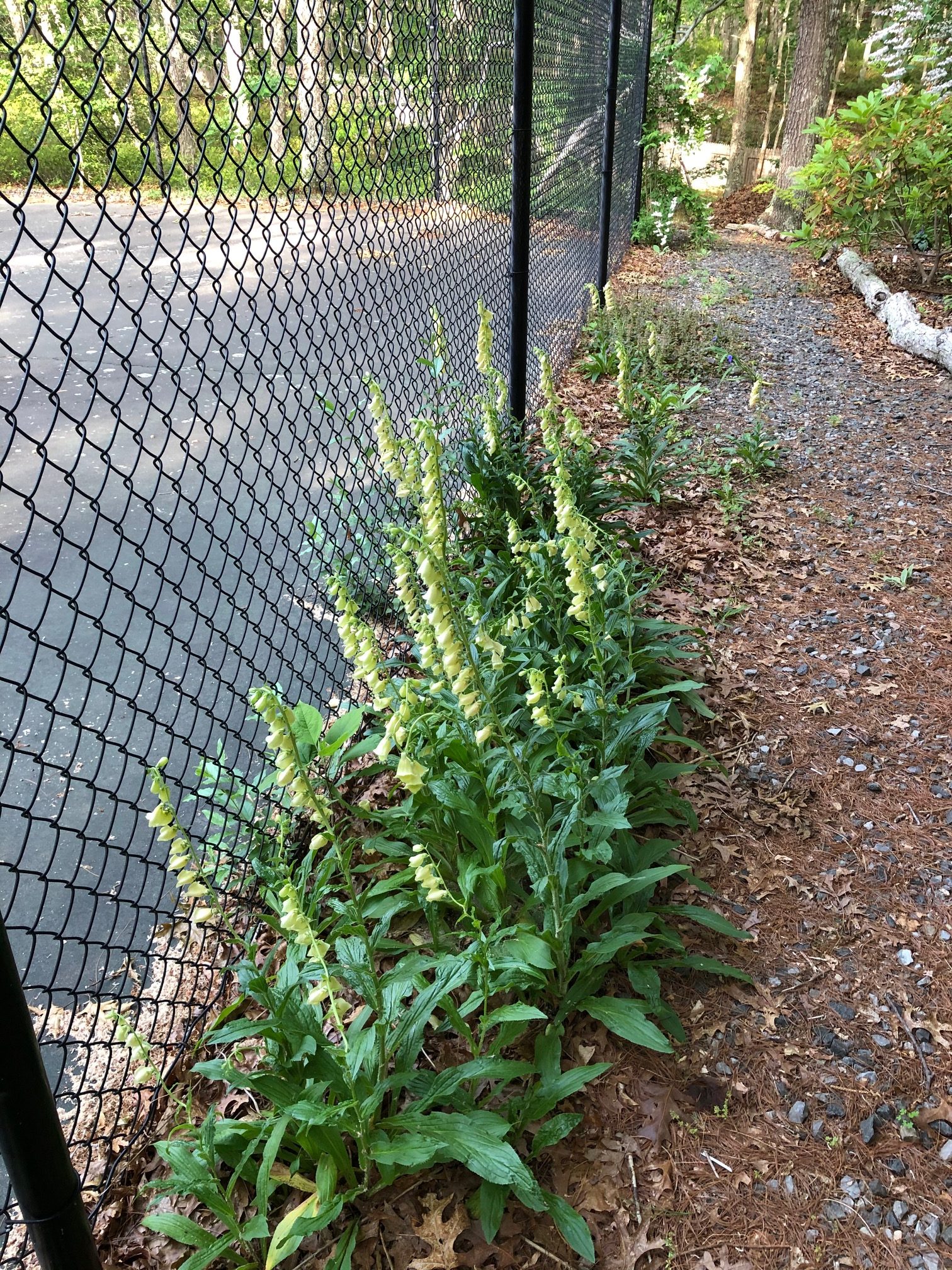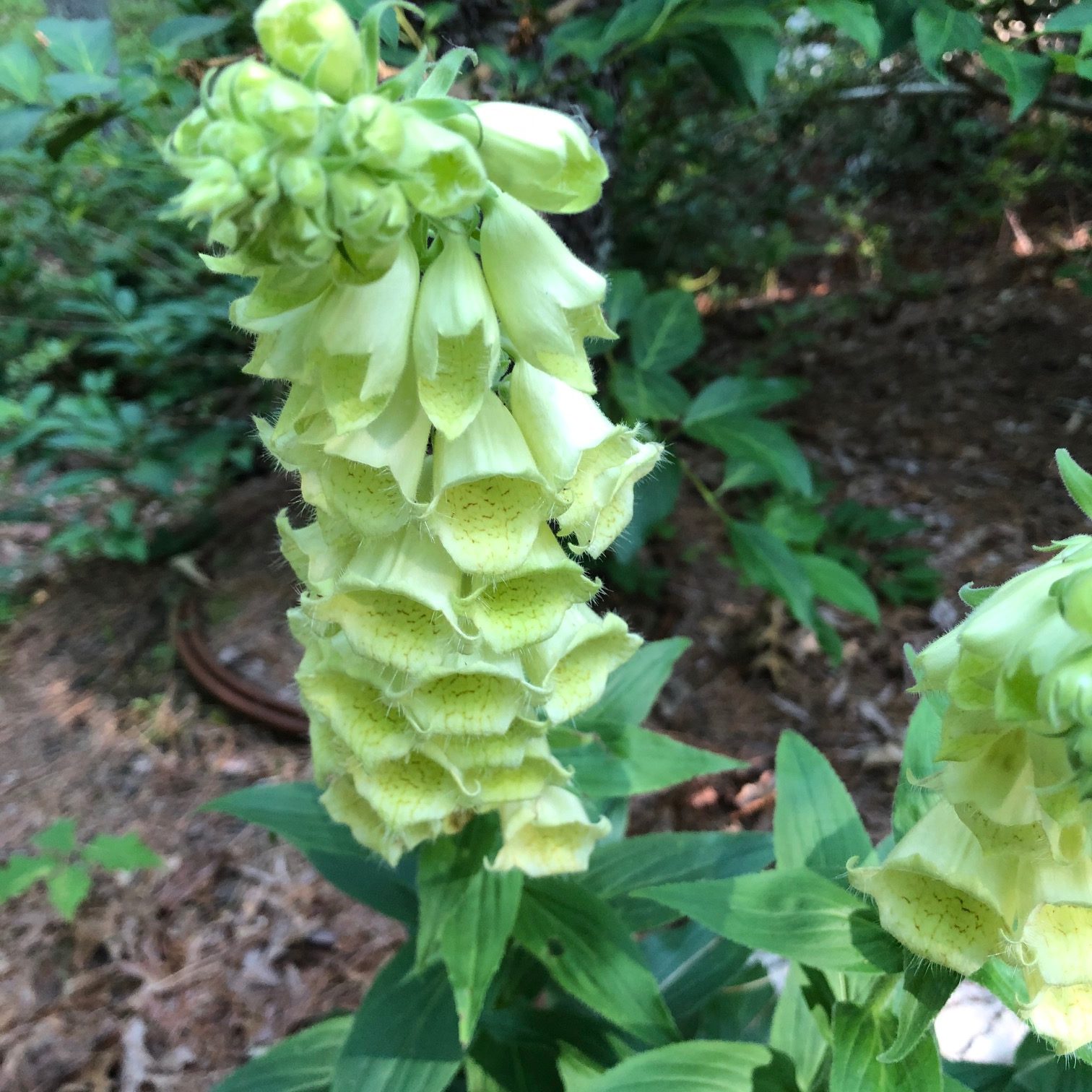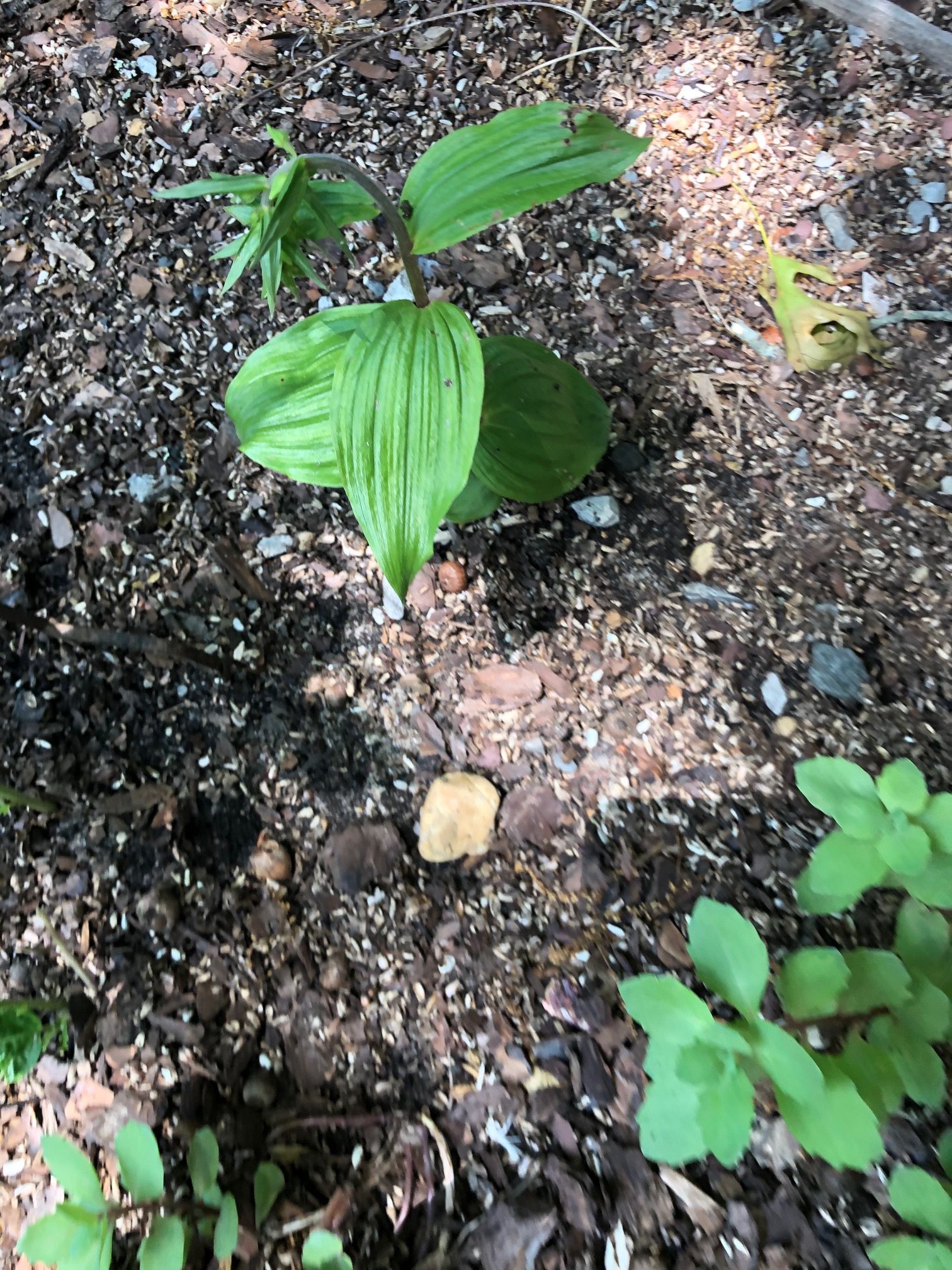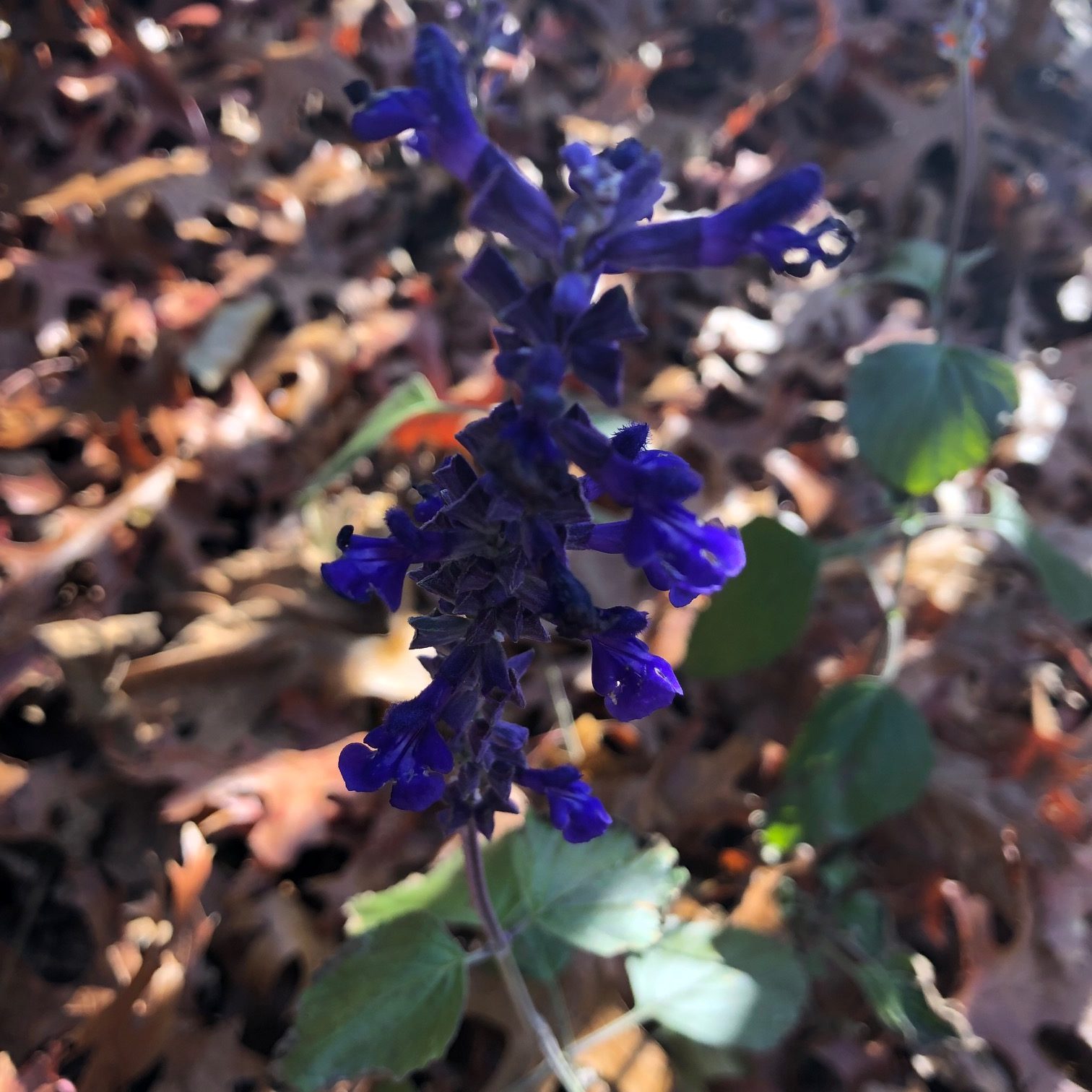“The North America sylva — our tree flora — is the grandest in the temperate zones of the earth, and in some ways the grandest anywhere . . . . Almost every tree in our sylva has made history, or witnessed it, or entered into our folkways, or usefully become a part of our daily life.” Donald Culross Peattie, author and preeminent chronicler of our native trees: A Natural History of Trees of Eastern and Central America (Houghton Mifflin 1950). In recent years, there has been heightened interest in planting native trees in the home garden. Please consider one of my favorites:
Oxydendrum arboreum (Sourwood Tree) Z 5-9
Rightfully celebrated as one of our most beautiful deciduous trees, Sourwood is an all-season performer: In Spring, it produces large lacquered, dark-green leaves, followed in Summer by fragrant, weeping sprays of white bloom beloved by bees. According to Peattie, you can hear “the roar of the bees gone nectar-mad” for the flowers. In Autumn, the tree’s lustrous foliage turns dazzling shades of red and purple. Photo below taken on November 5.
For more than two decades my Sourwood has been pest and disease free and it has attained a height of about 25 feet. Plant in well-drained, organically rich, moist, acid soil in sun or partial shade.
In my organic garden, in addition to showcasing native plants, I make every effort to attract the trifecta of pollinators: Bees, Hummingbirds, and Butterflies. Bees are happy with a wide range of plants. Hummingbirds and Butterflies are more discriminating. This year the Hummers and Butterflies voted for their favorite Annuals: Cuphea ‘Vermillionaire’ (Hummingbirds) and Lantana (Butterflies) won hands-down.
When grown in organic potting soil, in containers kept well watered, no dead-heading, fertilizing, or spraying is necessary for either plant. Both are disease and pest free and bloom continuously from Spring to frost. Photos below of Cuphea on June 2 and November 15 and of Lantana on June 2 and November 7. Welcome these fabulous flowering plants to your garden and bask in the company of our precious pollinators.
Wishing you all a wonderful December holiday celebration and a Happy, Healthy, New Year! Looking forward to gardening with you in 2023!
